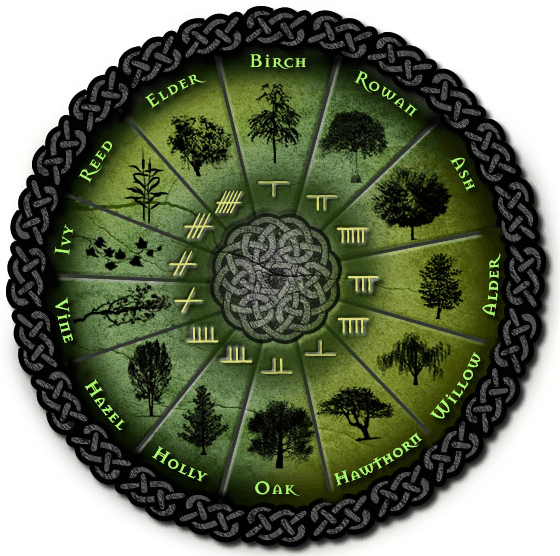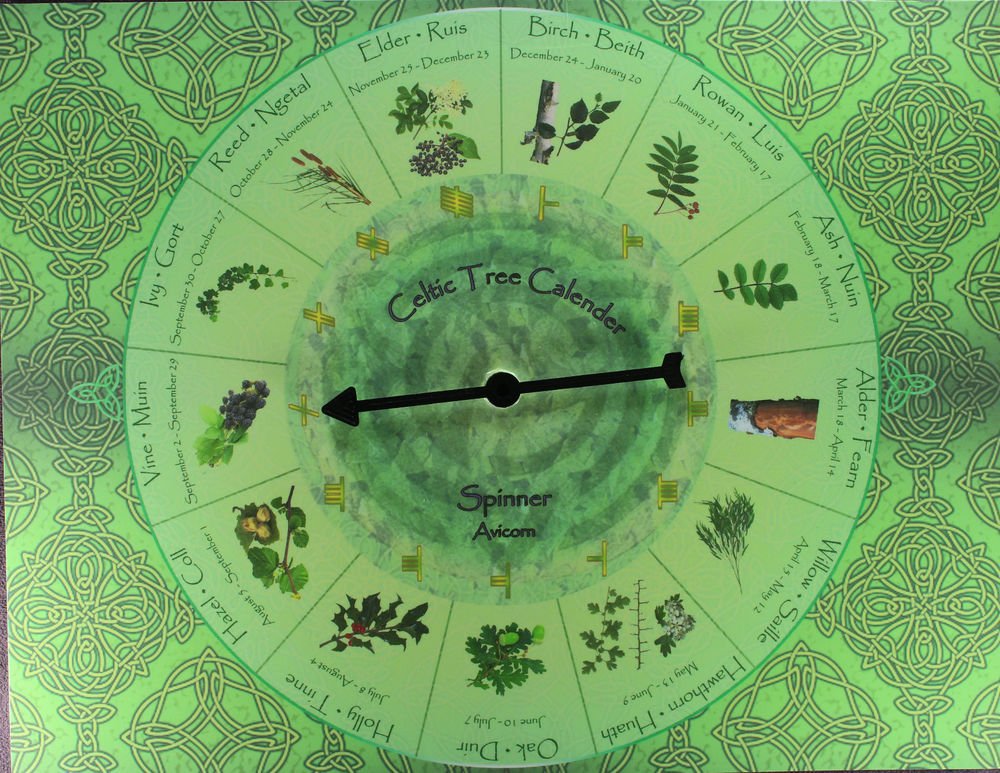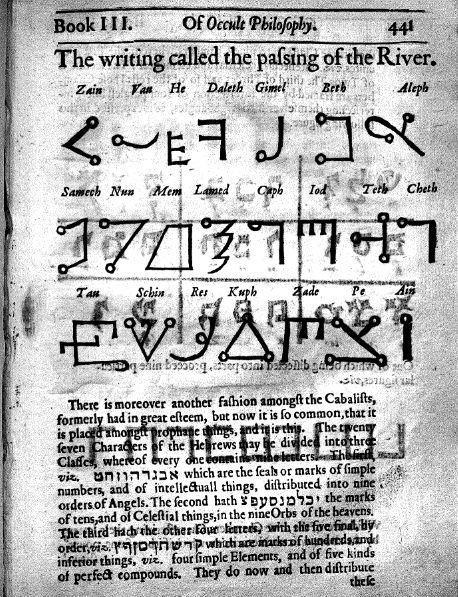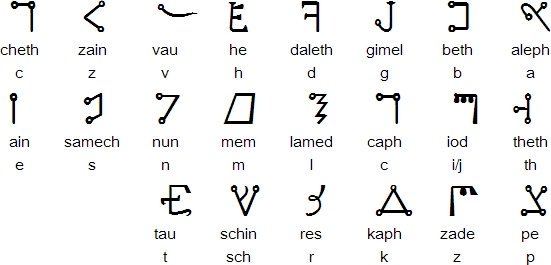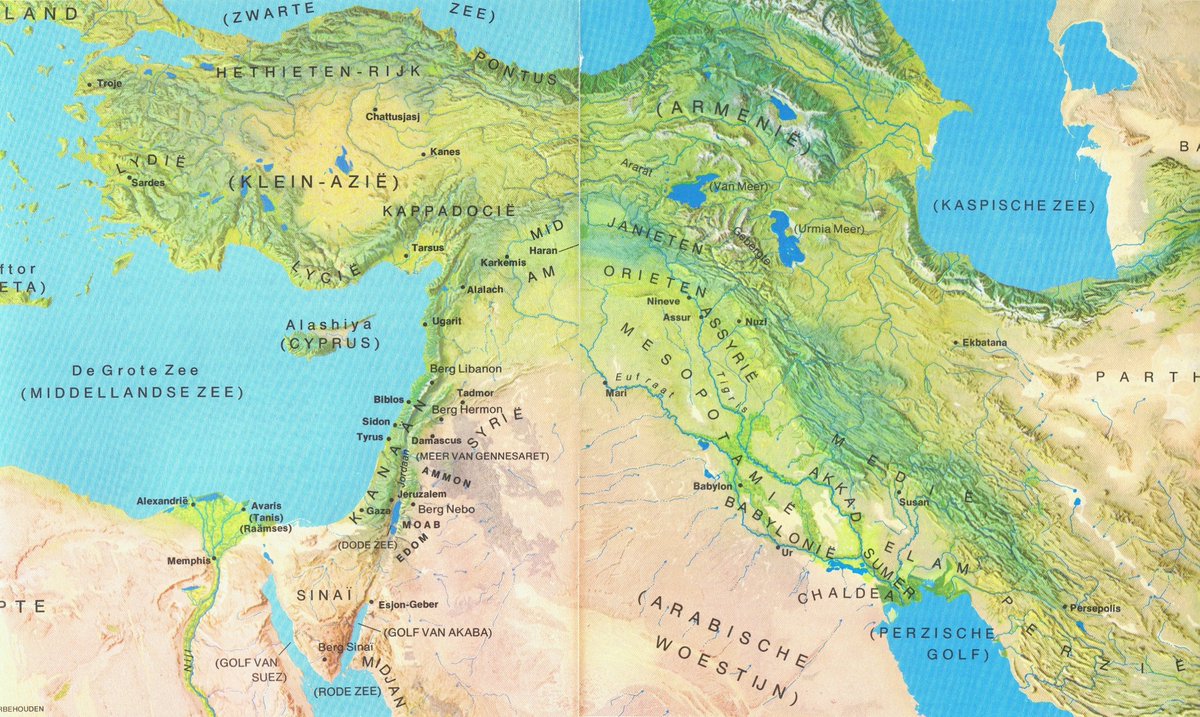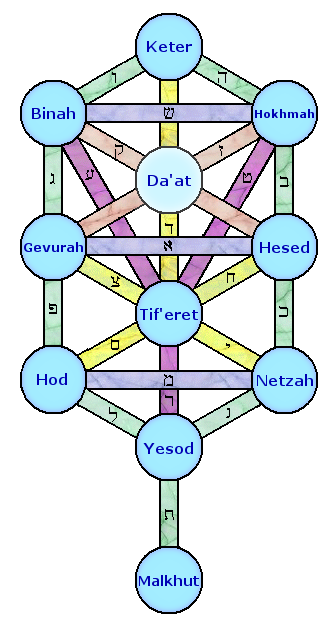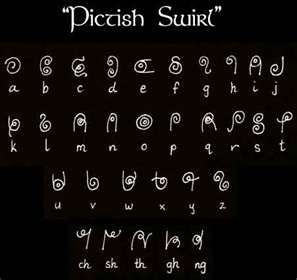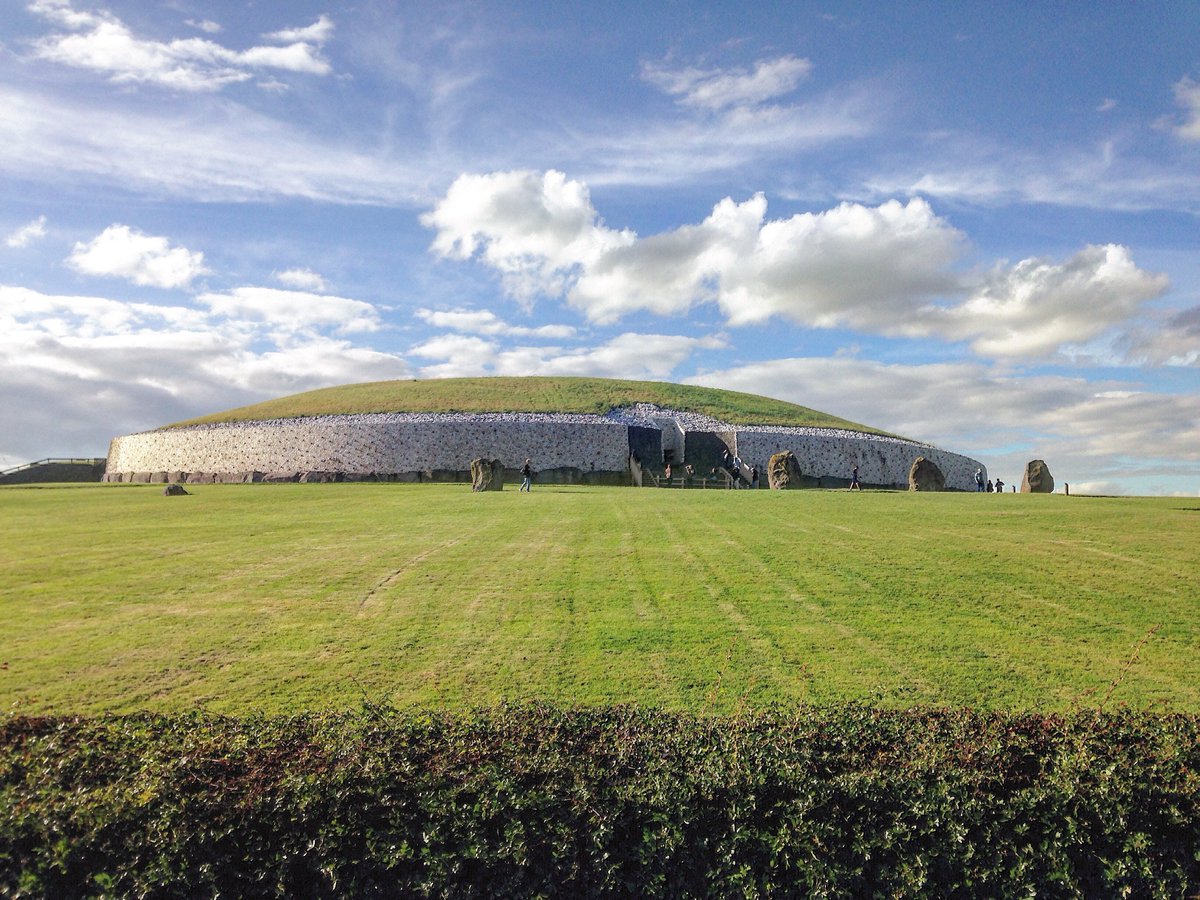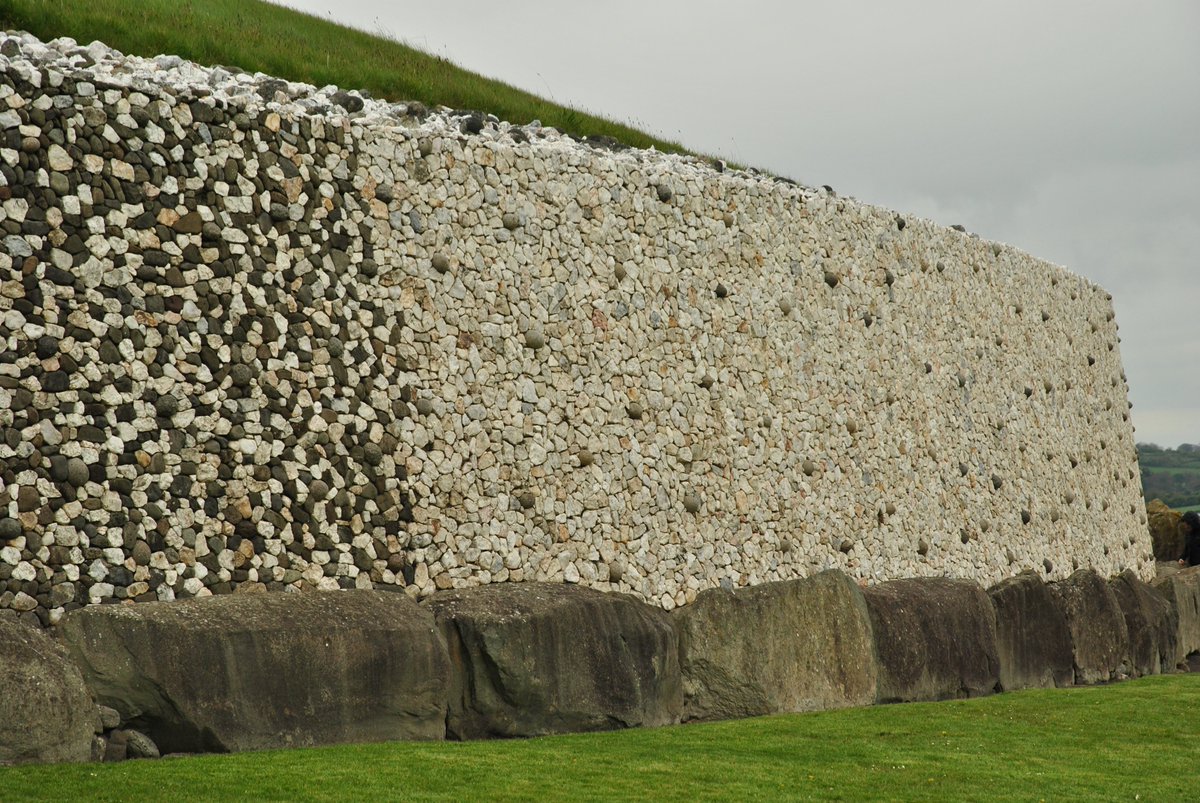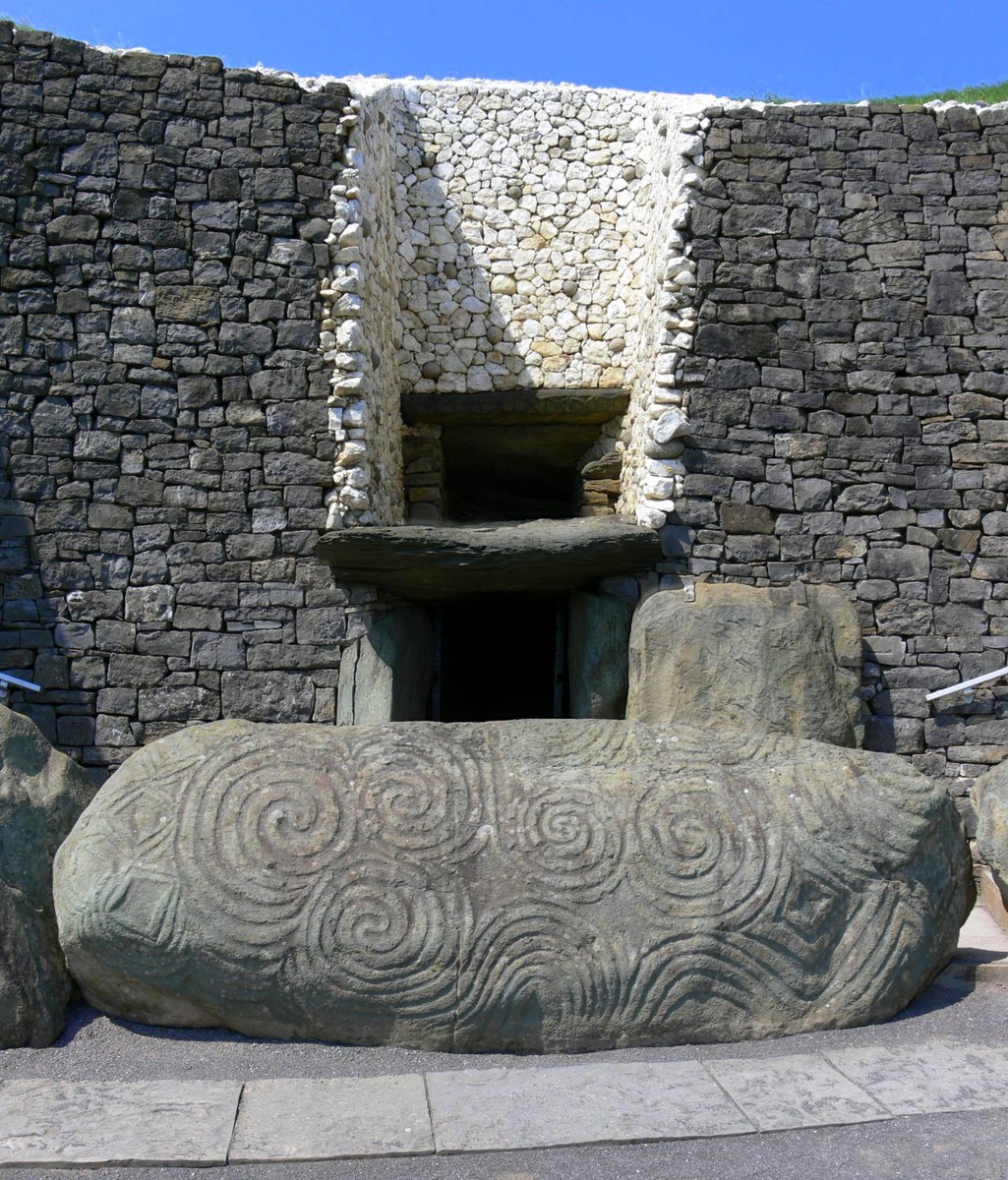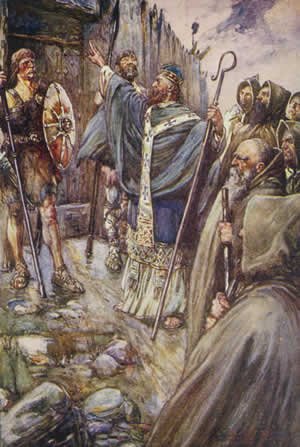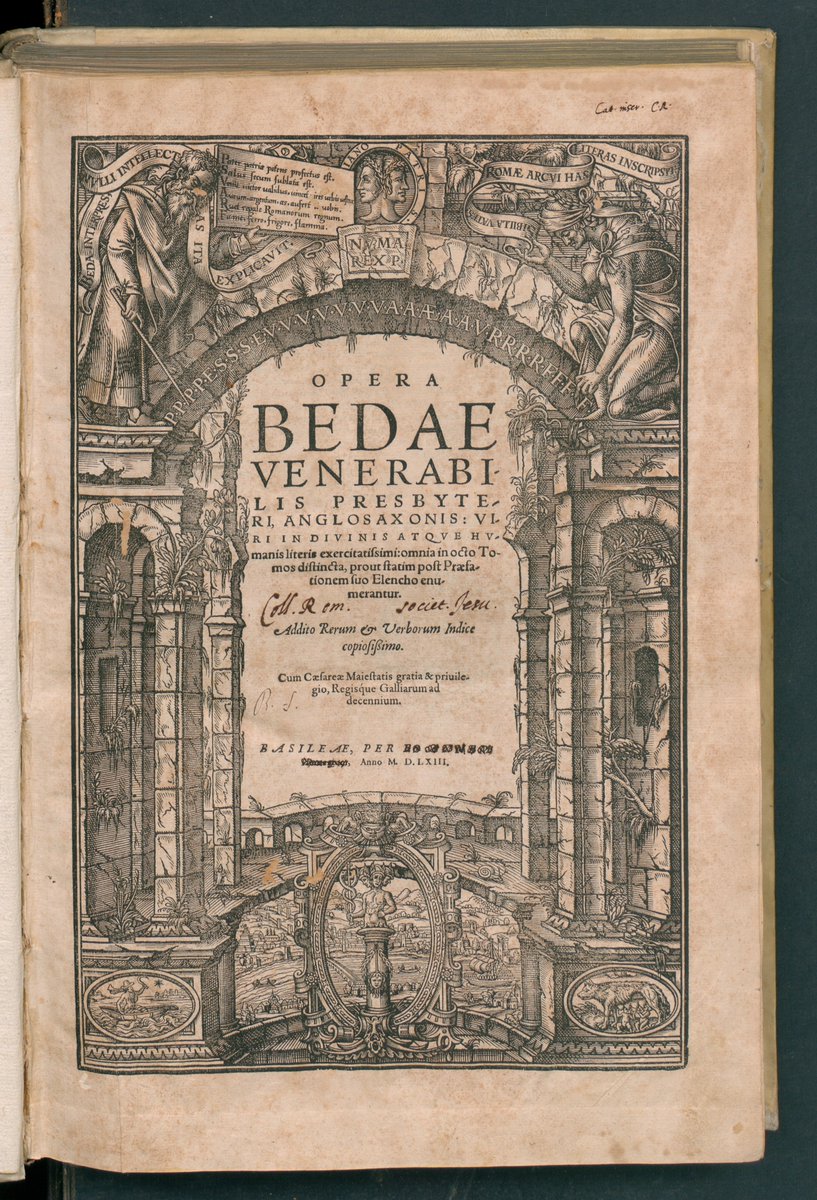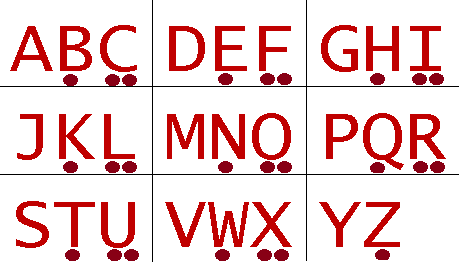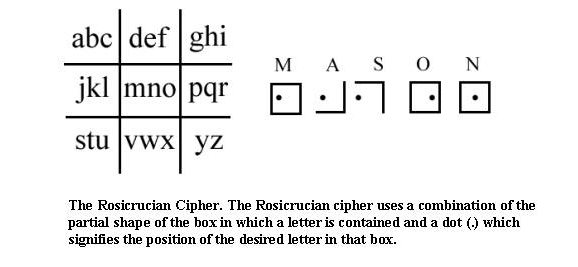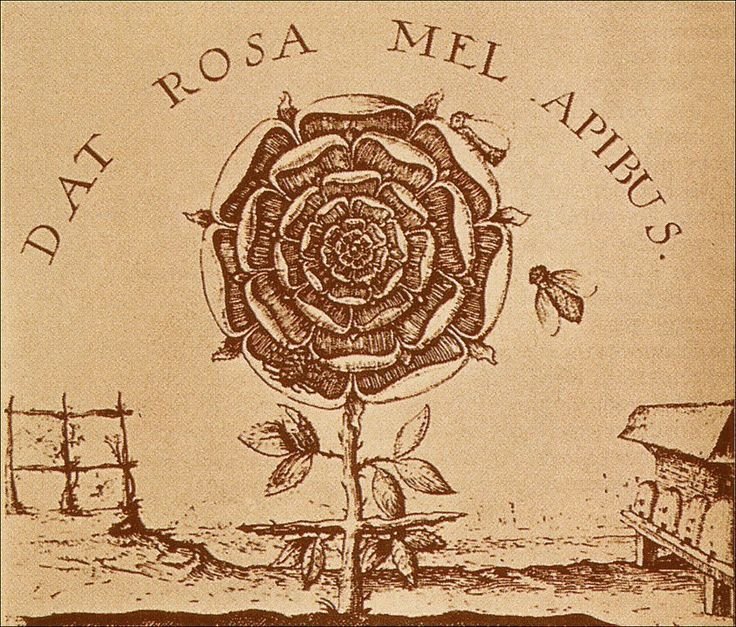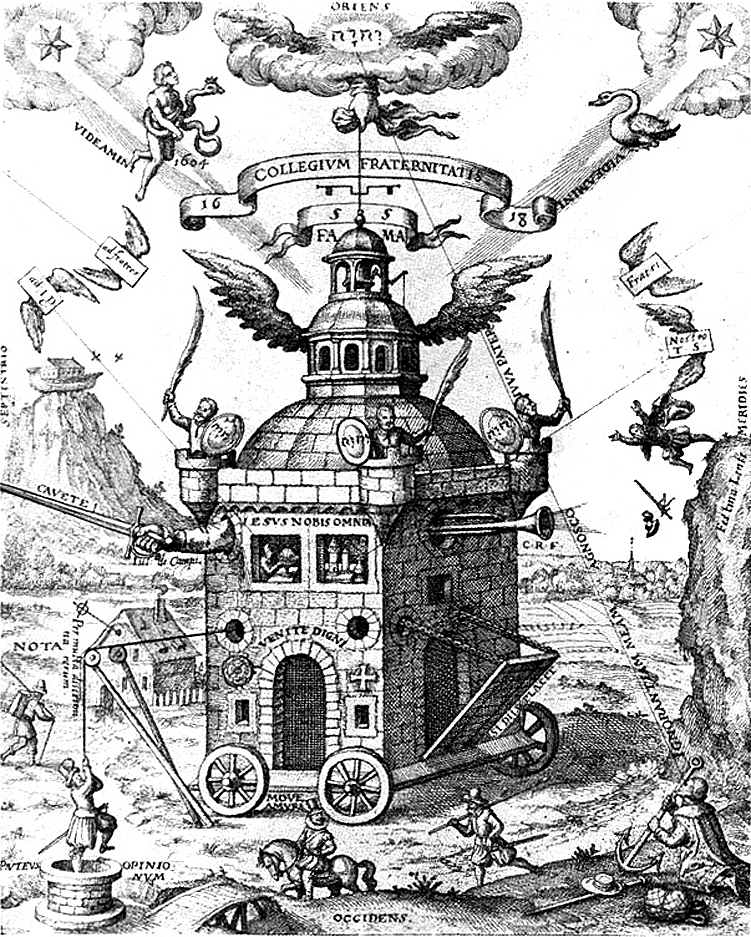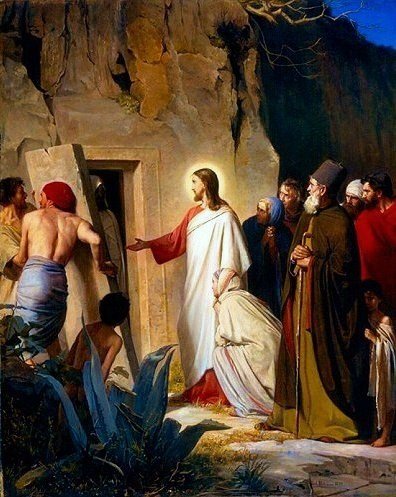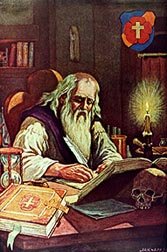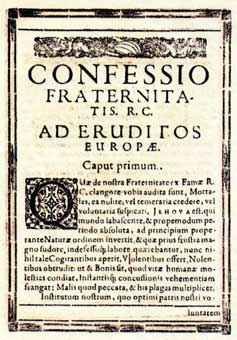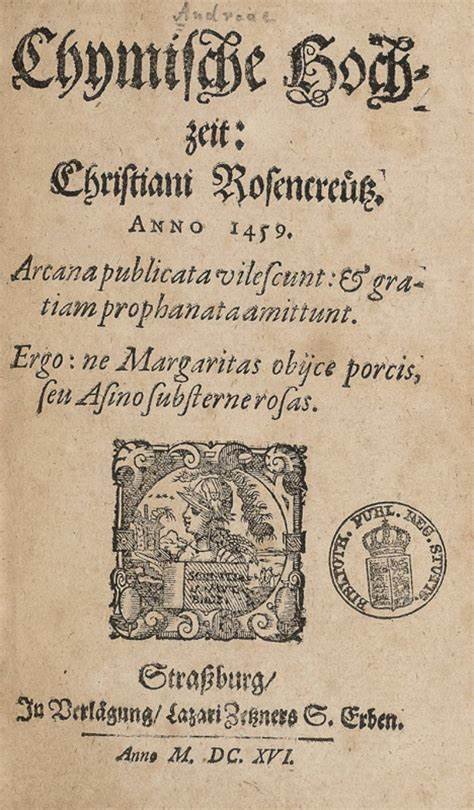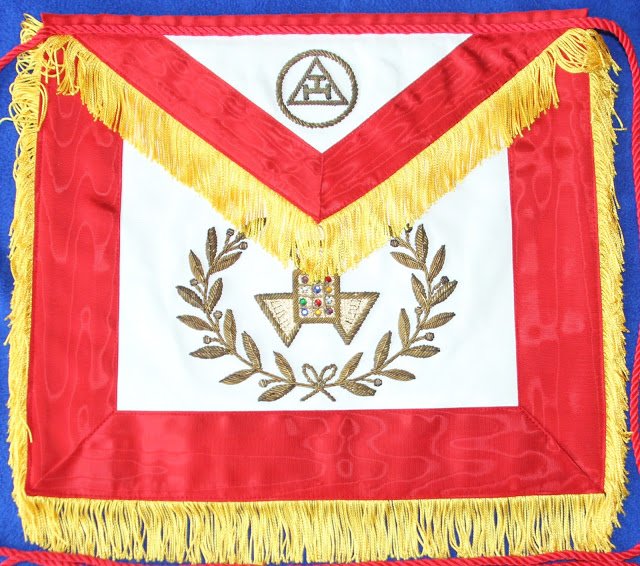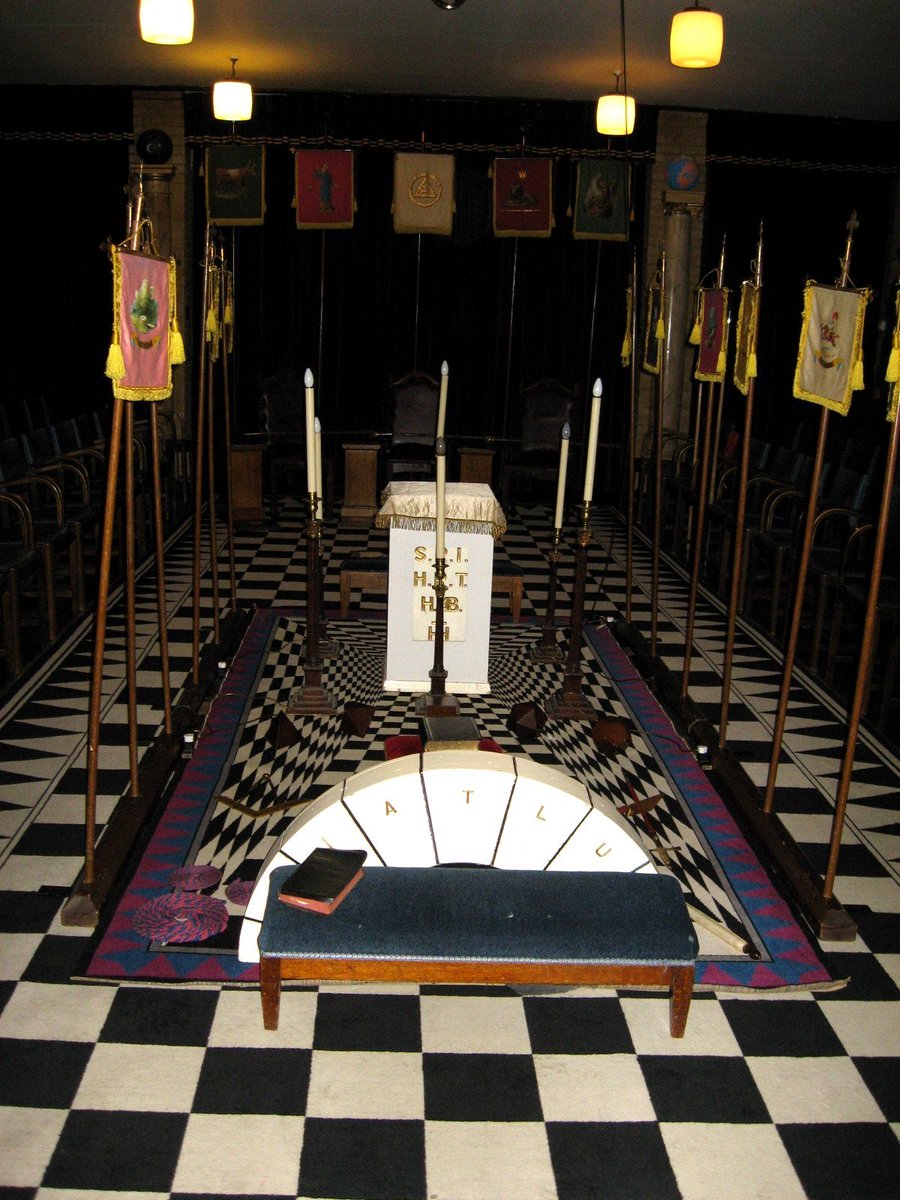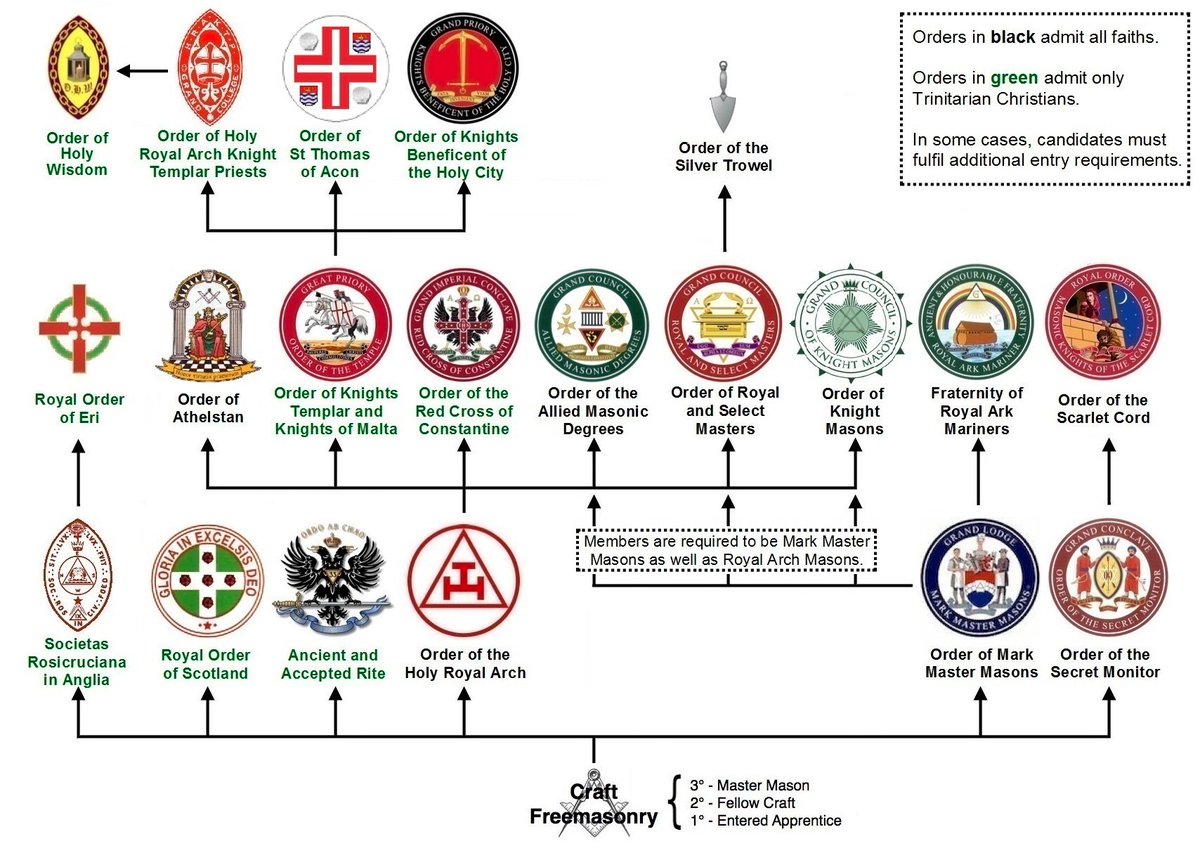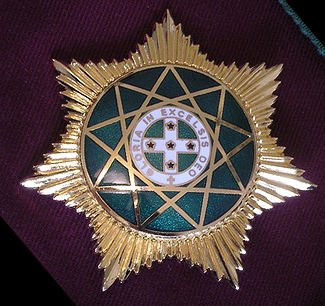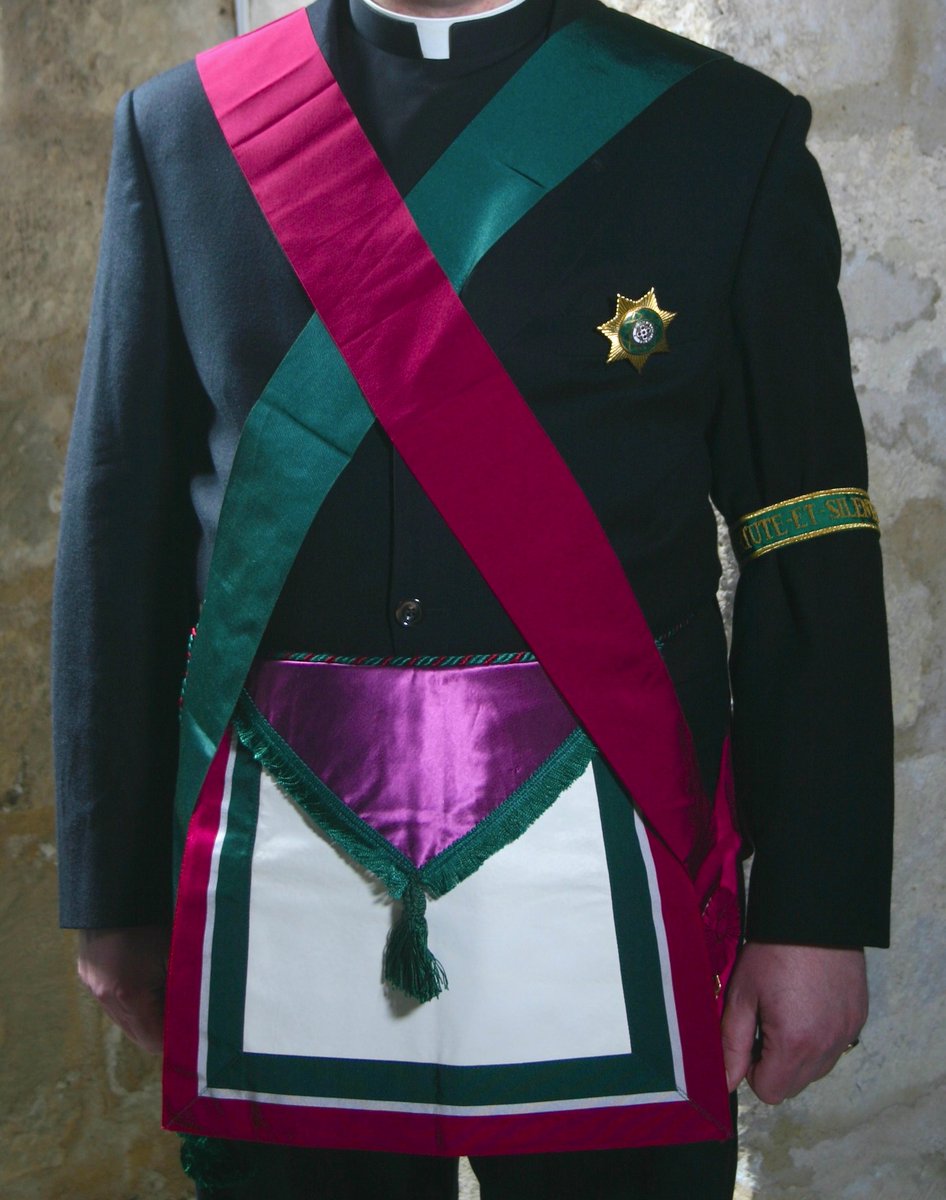𝕾𝖊𝖈𝖗𝖊𝖙 𝕾𝖈𝖗𝖎𝖕𝖙𝖘 𝖆𝖓𝖉 𝕮𝖎𝖕𝖍𝖊𝖗𝖘
As soon as our species was able to convey information to one another by means of reading and writing, we began to invent different sorts of alphabets so that we could still keep some things a secret.
As soon as our species was able to convey information to one another by means of reading and writing, we began to invent different sorts of alphabets so that we could still keep some things a secret.
It seems that the desire to keep certain information concealed comes naturally to us; even children invent certain changes to their speech or writing that are designed to hide their true meaning.
Necessarily, these secret alphabets and ciphers were often invented by closed societies, such as the Freemasons, or practitioners of magic who wanted to keep information within their own circle of trust.
Many of these secret alphabets are mere substitution ciphers, they replace the existing letters of an alphabet with different symbols whilst retaining the underlying rules of grammatical construction. Others, such as the Enochian script, are true languages in their own right.
Secret scripts, codes, and ciphers are not only the province of sorcerers and magicians. Codes are essential tools during times of war to keep information safe from the enemy. For example, Navajo was used as a code during American operations in the Pacific during the WW2.
The complexity and rarity of the language, which was never written and was spoken only by the Navajo tribes and perhaps some thirty others at the time, meant that the Japanese never cracked it.
The author Beatrix Potter kept her wry observations about the society and politics of her time to herself, since she invented a code that she used to write her journals from the ages of fifteen through to thirty.
It& #39;s worth bearing in mind that our & #39;normal& #39; alphabets are replete with arcane secrets that go way beyond them being mere visual symbols of sounds.
𝔸𝕀ℚ 𝔹𝕂ℝ 𝔸𝕃ℙℍ𝔸𝔹𝔼𝕋
This is a substitution, or Temurah cipher, based on the letters of the Hebrew alphabet. The 22 letters of the alphabet are put into a grid of nine squares, meaning that each square will have two characters and some will have three.
This is a substitution, or Temurah cipher, based on the letters of the Hebrew alphabet. The 22 letters of the alphabet are put into a grid of nine squares, meaning that each square will have two characters and some will have three.
The letters can be substituted for any in the same square; a simple cipher, but comprehensible only to those that know what to look for. Aiq Bkr is also called the & #39;Kabbalah of Nine Chambers.& #39;
𝔸𝕃ℂℍ𝔼𝕄𝕀ℂ𝔸𝕃 𝔸𝕃ℙℍ𝔸𝔹𝔼𝕋
Secrecy was a fundamental part of any alchemical operation, and the substances and processes of this ancient art were deliberately veiled by sequences of symbols and pictures designed to convey information without using words.
Secrecy was a fundamental part of any alchemical operation, and the substances and processes of this ancient art were deliberately veiled by sequences of symbols and pictures designed to convey information without using words.
Several different alchemical alphabets appeared in the sixteenth century, simple substitution ciphers based on Roman lettering.
𝔸𝕃ℙℍ𝔸𝔹𝔼𝕋 𝕆𝔽 𝔸ℝℝ𝕆𝕎𝕊
This alphabet is a substitution cipher based on the letters of a mystical alphabet that actually appears to have a proper grammar and syntax all of its own—Edward Kelley and John Dee’s Enochian language.
This alphabet is a substitution cipher based on the letters of a mystical alphabet that actually appears to have a proper grammar and syntax all of its own—Edward Kelley and John Dee’s Enochian language.
𝔸𝕃ℙℍ𝔸𝔹𝔼𝕋 𝕆𝔽 𝔻𝔸𝔾𝔾𝔼ℝ𝕊
A substitution cipher using the letters of the Roman alphabet as a base, this script has little dagger symbols that combine to spooky effect.
A substitution cipher using the letters of the Roman alphabet as a base, this script has little dagger symbols that combine to spooky effect.
It first appears in Aleister Crowley& #39;s work The Vision and the Voice, in which Crowley takes a visionary journey into the realms, or & #39;aethyrs.& #39; The alphabet of arrows follows the same pattern but is a substitution cipher for the Enochian alphabet, and is found in the same book.
𝔸ℕ𝔾𝔼𝕃𝕀ℂ𝔸𝕃 𝕊ℂℝ𝕀ℙ𝕋
The angelical script shown here is a simple substitution cipher, created by Cornelius Agrippa in the sixteenth century. However, the Enochian script—which is a & #39;proper& #39; grammatical language—is also sometimes called & #39;angelical writing.& #39;
The angelical script shown here is a simple substitution cipher, created by Cornelius Agrippa in the sixteenth century. However, the Enochian script—which is a & #39;proper& #39; grammatical language—is also sometimes called & #39;angelical writing.& #39;
𝔸𝕋𝔹𝔸𝕊ℍ ℂ𝕀ℙℍ𝔼ℝ—ℤ𝔾𝕐ℤℍ𝕊 𝕏ℝ𝕂𝕊𝕍𝕀
The unpronounceable words in the heading shows & #39;Atbash cipher& #39; written as it would be in its own code. Atbash is a substitution cipher, simple enough to understand but confusing to look at.
The unpronounceable words in the heading shows & #39;Atbash cipher& #39; written as it would be in its own code. Atbash is a substitution cipher, simple enough to understand but confusing to look at.
Imagine the Roman alphabet written normally, left to right, on one line. Then write the alphabet again underneath, this time starting at the right and placing the A beneath the Z.
Atbash was originally based on the Hebrew alphabet. One of its uses was to confound any casual enquiries into the inner workings of the Kabbalah.
ℂ𝔼𝕃𝔼𝕊𝕋𝕀𝔸𝕃 𝕊ℂℝ𝕀ℙ𝕋
Among the alphabets that Cornelius Agrippa wrote about, the celestial script is one influenced by the Hebrew alphabet. This script was used to communicate with angelic beings, a use which some students of the occult still practice today.
Among the alphabets that Cornelius Agrippa wrote about, the celestial script is one influenced by the Hebrew alphabet. This script was used to communicate with angelic beings, a use which some students of the occult still practice today.
𝔼ℕ𝕆ℂℍ𝕀𝔸ℕ 𝕊ℂℝ𝕀ℙ𝕋
Many magical scripts used in grimoires and other manuscripts as a way of ensuring the secrecy of their contents, are actually no more than a cipher, using different symbols to represent the letters of an existing alphabet.
Many magical scripts used in grimoires and other manuscripts as a way of ensuring the secrecy of their contents, are actually no more than a cipher, using different symbols to represent the letters of an existing alphabet.
Even where Roman and Hebrew letters are used in such a & #39;magical& #39; alphabet, the underlying language is still usually English or Hebrew.
However, there are a few exceptions, and the Enochian tongue is one of these.
However, there are a few exceptions, and the Enochian tongue is one of these.
In the sixteenth century Dr. John Dee, a renowned mystic who was the astrologer to Queen Elizabeth I (of House Tudor), and Edward Kelley claimed that angels imparted both the script and language to them.
Dee was an extremely well-read and learned scholar, conversant with languages and with a passionate interest in the angelic realms.
He was also an extensive diarist, and in his journal, he mentions the angels that God sent to communicate directly with his prophets.
He was also an extensive diarist, and in his journal, he mentions the angels that God sent to communicate directly with his prophets.
Dee was inspired to try to find his own angels since knowledge of their language would be the most powerful tool that any magician could have in his kit. He set about this extraordinary task with the help of Edward Kelley, an alchemist and clairvoyant medium or & #39;seer.& #39;
Kelley saw the letters in a vision while scrying with a crystal ball. Apparently, when Kelley complained that he could not see the letters properly, the angels caused them to appear on a piece of paper, where they were easy for Kelley to trace before they faded away.
Dee himself didn& #39;t refer to the script as & #39;Enochian.& #39; He called it & #39;Angelical& #39; or & #39;The Celestial Speech,& #39; or sometimes & #39;Adamical,& #39; since the angels told him that the language had been taught by God to Adam, who used it to communicate with both God and the angels.
Enochian had also been the language used to name all things. The epithet & #39;Enochian& #39; came about because Dee believed that the great biblical patriarch Enoch had been the last person to understand the language.
This arcane tongue had apparently been lost when Adam was banished from the Garden of Eden, a myth that carries a powerful symbolic punch—if mankind can no longer communicate with a divine creative spirit then he is lost indeed, truly cast out.
Adam& #39;s vague memory of the language is said to have resulted in an early form of Hebrew.
During this time, Enoch was the only person who could fully understand the language, but the book he wrote describing it was lost in the Great Flood.
During this time, Enoch was the only person who could fully understand the language, but the book he wrote describing it was lost in the Great Flood.
This notion, that a divine language existed prior to the Deluge, was a popular one at the time of Dee and Kelley.
There are 21 alphabetical characters in this arcane language and, in common with other angelic scripts, it is written from right to left, although the letters demonstrated above are used as a left-to-right cipher.
Ian Fleming, the author of the James Bond books, suggested that Enochian script be used to flush out evidence of a Nazi conspiracy within Britain during the Second World War, but the plan never came to fruition.
There could be a strong argument in favor of teaching the Enochian script in schools today, though, since exponents of Enochian magic claim to be able to use it to summon angels and to work with them.
There is a downside, though: both the spoken and written language was used extensively by Aleister Crowley, & #39;the wickedest man in the world& #39; and labeled as a Satanist by the popular press, Golden Dawn organisation until they deemed it too dangerous. It was therefore abandoned.
𝔾ℝ𝔼𝔼𝕂 𝔸𝕃ℙℍ𝔸𝔹𝔼𝕋
In common with the Hebrew alphabet, the Greek alphabet is commonly used in magical ritual.
In common with the Hebrew alphabet, the Greek alphabet is commonly used in magical ritual.
Although since classical language isn& #39;t taught as frequently as it once was, where it appears in latter-day grimoires it is more likely to be used as a simple substitution cipher rather than as a fully functioning language system.
Here are the correspondences of the letters of the Greek alphabet with numbers and conceptual meanings.
Whereas the Hebrew alphabet is believed to have been gifted to humankind by God via Moses, the provenance of the Greek language is subject to several different legends.
Perhaps the most colorful is that the God of Communication, Hermes Ἑρμῆς, invented it after he was inspired by the shapes of the wings of a flock of cranes in flight.
Zeus sending forth Hermes and Iris.
Zeus sending forth Hermes and Iris.
In The White Goddess, Robert Graves tells us that the letters of this alphabet were kept in crane-skin bags, in homage to the bird.
Another story says that the three Fates invented the five vowels and the letters B and T.
In Greek mythology, the Fates were three goddesses who shaped people& #39;s lives. They determined how long a man or woman would live.
In Greek mythology, the Fates were three goddesses who shaped people& #39;s lives. They determined how long a man or woman would live.
Palamedes Παλαμήδης, whose other inventions included counting and currency, invented the next eleven letters.
Palamedes before Agamemnon in a 1626 painting by Dutch draughtsman, painter, and printmaker Rembrandt.
Palamedes before Agamemnon in a 1626 painting by Dutch draughtsman, painter, and printmaker Rembrandt.
While the rest were added by Epicharmus of Sicily or Kos Ἐπίχαρμος ὁ Κῷος, and Simonides of Ceos Σιμωνίδης ὁ Κεῖος.
he Greek alphabet has been extremely influential and is the origin of most European alphabets. It is also the oldest alphabet that has been in continuous use; the Ionic form still in use today was standardized 400 years before the birth of Christ.
Each Greek letter has embedded into it a sound, a meaning, a number, and a corresponding part of the human body.
The esoteric correspondences of the letters of the Greek alphabet mean that it is an effective tool in ritual and in divinatory practices in much the same way as the runes.
Gematria, the art of interpreting the numerical correspondences of the letters, shares the same root as the word & #39;geometry,& #39; therefore it& #39;s not surprising that so many Greek letters are used in the mathematical formulae that are also an essential part of sacred geometry.
Like the Hebrew alphabet, the Greek alphabet is believed to hold within it all the secrets of the Universe.
ℍ𝔼𝔹ℝ𝔼𝕎 𝔸𝕃ℙℍ𝔸𝔹𝔼𝕋
The Kabbalah calls the Hebrew alphabet the & #39;letters of the angels.& #39; Its sacred provenance is explained in the legend that Moses received it on the top of Mount Sinai in an instance of direct communication with God.
The Kabbalah calls the Hebrew alphabet the & #39;letters of the angels.& #39; Its sacred provenance is explained in the legend that Moses received it on the top of Mount Sinai in an instance of direct communication with God.
In common with other lettering systems such as the Greek, Runic, and Ogham alphabets, each Hebrew letter has specific concepts embedded into it, both mundane and esoteric.
Each letter also relates to a number, giving rise to yet another mystery tradition called the Gematria. There is an even more profound aspect to the Hebrew alphabet, though; it is an inseparable part of the cohesive philosophical system of the Kabbalah.
The lettering system of the Hebrew alphabet contributes to the encoding of this profound mystery tradition, itself a deeply rooted component of magical custom with tendrils that extend, web-like, throughout diverse esoteric disciplines.
Because of the dual meanings attached to the twenty-two Hebrew letters, it means that they act as a useful everyday tool of communication while having another facet for the initiate. Thus, each letter has secrets hidden within it.
These secrets are related not only to the allegorical aspects of the Kabbalah and of the Tarot system (Major Arcana of which relates to the letters of the alphabet) but also includes planets, seasons and elements, days of the week, stages in
the life of man, and his concerns.
the life of man, and his concerns.
Additionally, the Hebrew alphabet notably gives the means for the spelling and pronunciation of the Names of God.
From all this we can gather that Hebrew was & #39;invented& #39; with mystical intent, each letter representing far more than the sum of its parts. Hebrew reads from right to left, and knowing this makes the letters look a little more accessible for the neophyte.
72 Hebrew Names of God.
72 Hebrew Names of God.
If the meaning of the letters is known then the shapes start to suggest these meanings; for example, the second letter, Beth, means & #39;house,& #39; and the letter clearly resembles a picture of a house.
However, & #39;house& #39; carries with it other concepts, such as the ideas of & #39;home,& #39; & #39;mother,& #39; and & #39;domesticity.& #39;
Because the Hebrew alphabet carries with it a resonance born of almost three thousand years of mystical use, it is frequently used in magical texts and grimoires, a handy device for concealing occult knowledge.
However, sometimes the authors of these texts are not quite as erudite as they might appear to be, and often Hebrew isn& #39;t used as a language but only as a series of symbols, the English language transcribed into Hebrew characters.
ℍ𝕀𝔼ℝ𝕆𝔾𝕃𝕐ℙℍ𝕊
The pyramid texts are considered to be one of the earliest examples of symbols used with magical intent, employed to inscribe spells that would guide the soul of the deceased into the Afterlife and Rebirth.
The pyramid texts are considered to be one of the earliest examples of symbols used with magical intent, employed to inscribe spells that would guide the soul of the deceased into the Afterlife and Rebirth.
The word hieroglyph comes from the Greek adjective ἱερογλυφικός (hieroglyphikos), a compound of ἱερός (hierós & #39;sacred& #39;) and γλύφω (glýphō & #39;Ι carve, engrave& #39;).
The glyphs themselves since the Ptolemaic period were called τὰ ἱερογλυφικὰ [γράμματα] (tà hieroglyphikà [grámmata]) & #39;the sacred engraved letters& #39;, the Greek counterpart to the Egyptian expression of mdw.w-nṯr "god& #39;s words". Greek ἱερογλυφός meant & #39;a carver of hieroglyphs& #39;.
Hieroglyphs consist of pictorial motifs which were used also used for magical purposes, as described above, hence the name.
Illustration from Tabula Aegyptiaca hieroglyphicis exornata published in Acta Eruditorum, 1714
Illustration from Tabula Aegyptiaca hieroglyphicis exornata published in Acta Eruditorum, 1714
Mastery of hieroglyphic writing was a complex matter since there were 900 pictorial symbols, and in general it was only the priestly class that had the skills to access their mysteries, presumably.
There was a script reserved for common, more secular use called & #39;demotic.& #39; This was a simplified form of the hieratic scripts used exclusively by the priests.
In AD 391 the Roman Emperor Theodosius closed all non-Christian temples, providing the final nail in the sarcophagus for hieroglyphs, whose use had dwindled rapidly even before this time.
The Rosetta Stone was discovered by Napoleon& #39;s troops in 1799. https://twitter.com/JackLondon1857/status/1182635167128662016?s=20">https://twitter.com/JackLondo...
The Rosetta Stone served as an invaluable aid to the translation of both hieroglyphic and demotic writing since the same text appeared on the stone in both forms and with a version in Greek, which provided the key to translating the first two.
Many hieroglyphs work according to the principle whereby the sound of the word is symbolized by a picture; for example, both & #39;I& #39; and & #39;eye& #39; could be represented by a picture of an eye.
Ancient Egyptian Eye of Horus amulet.
Ancient Egyptian Eye of Horus amulet.
This appears to be relatively simple since it’s the kind of code that’s seen in children& #39;s puzzle books.
Comparative evolution from pictograms to abstract shapes, in cuneiform, Egyptian and Chinese characters.
Comparative evolution from pictograms to abstract shapes, in cuneiform, Egyptian and Chinese characters.
However, start to compound these pictograms to create longer words and then add in the cultural context of the symbol and the obstacles to the full comprehension of hieroglyphics start to become apparent.
The use of hieroglyphics as part of an Ancient language has expanded into a universal meaning; the ankh, for example, is globally accepted as a symbol of eternal life and of protection.
Ankh-shaped mirror case from the tomb of King Tutankhamun.
Ankh-shaped mirror case from the tomb of King Tutankhamun.
This meaning of ankh transcends the barriers of spoken language and culture.
The god Horus offers life to the king, Ramesses II.
https://twitter.com/JackLondon1857/status/1180818052939681792?s=20">https://twitter.com/JackLondo...
The god Horus offers life to the king, Ramesses II.
https://twitter.com/JackLondon1857/status/1180818052939681792?s=20">https://twitter.com/JackLondo...
The commonly used hieroglyphic alphabet is based on the values given the hieroglyphs by Sir E. A. Wallis Budge, the renowned Egyptologist. The symbols can be used as a cipher, and appear on magical talismans and amulets.
𝕀𝕃𝕃𝕌𝕄𝕀ℕ𝔸𝕋𝕀 ℂ𝕀ℙℍ𝔼ℝ
The Illuminati are notoriously well known for a supposedly secret society, despite the fact that an atmosphere of mystery clings to the very name, and there is still speculation about many aspects of the organisation.
The Illuminati are notoriously well known for a supposedly secret society, despite the fact that an atmosphere of mystery clings to the very name, and there is still speculation about many aspects of the organisation.
The Order of the Illuminati, founded by Johann Adam Weishaupt in Bavaria in 1776, is arguably the subject of more controversy and hysteria than any other closed organisation.
Johann Adam Weishaupt (6 February 1748 – 18 November 1830)
Johann Adam Weishaupt (6 February 1748 – 18 November 1830)
However, an understanding of the social, religious, and political climate at the time of its founding, and Weishaupt& #39;s reasoning behind the tenets of his order, might serve to clarify some of the known facts about the Illuminati.
Weishaupt was a former Jesuit and a professor of law at Ingoldstadt University. He has been called a Kabbalistic magician, an ungodly atheist, a fascist, and an anarchist. Thomas Jefferson, however, called him an & #39;enthusiastic philanthropist.& #39;
Weishaupt founded the Illuminati from within existing Masonic orders, so effectively it was a society within a society.
New and progressive ideas were spreading through Europe at the time, and Weishaupt hoped that the Illuminati would foster an environment for debate and discussion, and chose the name to reflect this ideal of enlightened individuals determined to make the world a better place.
Membership of the society grew slowly, due in no small part to the rigorous study that was demanded of its adherents.
However, the idea was that members would rise to positions of power well versed in philosophy and the new progressive ideas, and would therefore be able to influence the creation of an idealised society, and by 1784 the order had extended its influence throughout most of Europe.
Necessarily, secret scripts and ciphers had a large part to play within the organization, given the Illuminati’s known opposition to the religious and political ideals of the time.
Members had secret names: Weishaupt was known as Spartacus, for example, and other nicknames included Cato, Hermes Trismegistus, Menelaus, and Agrippa. They even had their own calendar system, based on an ancient Persian system.
Initiates were instructed in a relatively simple substitution cipher, and had to correspond with their teachers in this cipher until such a time as a more elaborate code was taught to the initiates.
The Owl of Minerva perched on a book was an emblem used by the Bavarian Illuminati in their & #39;Minerval& #39; degree.
In 1785 the Bavarian government banned secret organizations, specifically naming the Illuminati. Weishaupt fled, and instructed the existing lodges to go underground; many members were incarcerated by the authorities.
The Illuminati& #39;s current-day fame owes its existence to two factors:
First, that the Bavarian government published some of the papers it had seized from the Society in 1786.
First, that the Bavarian government published some of the papers it had seized from the Society in 1786.
And second, the outbreak of the French Revolution in 1789 and the suggestion that the Illuminati might have had something to do with the troubled political climate of the time.
𝕂ℕ𝕀𝔾ℍ𝕋𝕊 𝕋𝔼𝕄ℙ𝕃𝔸ℝ 𝔸𝕃ℙℍ𝔸𝔹𝔼𝕋
The Knights Templar, whose original mission was to protect pilgrims traveling to the Holy Land, soon amassed terrific wealth.
The Knights Templar, whose original mission was to protect pilgrims traveling to the Holy Land, soon amassed terrific wealth.
The Knights Templar invented an alphabet based on the segments of the Templar Cross, and used this secret code in their letters of credit.
Temple Church, London. As the chapel of the New Temple in London, it was the location for Templar initiation ceremonies.
During the reign of King John (1199–1216) it served as the royal treasury, supported by the role of the Knights Templars as proto-international bankers.
During the reign of King John (1199–1216) it served as the royal treasury, supported by the role of the Knights Templars as proto-international bankers.
Central plan of the Temple Church 1845.
Right -: East Window of Temple Church London.
Temple Church is jointly owned by the Inner Temple and Middle Temple Inns of Court, bases of the English legal profession.
Right -: East Window of Temple Church London.
Temple Church is jointly owned by the Inner Temple and Middle Temple Inns of Court, bases of the English legal profession.
The Inns of Court in London are the professional associations for barristers in England and Wales. There are four Inns of Court.
Combined arms of the four Inns of Court. Clockwise from top left: Lincoln& #39;s Inn, Middle Temple, Gray& #39;s Inn, Inner Temple.
Combined arms of the four Inns of Court. Clockwise from top left: Lincoln& #39;s Inn, Middle Temple, Gray& #39;s Inn, Inner Temple.
The first headquarters of the Knights Templar, on the Temple Mount in Jerusalem. The Crusaders called it & #39;the Temple of Solomon& #39; and from this location derived their name of Templar.
The Order of the Temple was dissolved by Pope Clement V in 1312.
French king Philip IV the Fair, owed large sums of money to the Templars.
1314: The Last Grand Master of the Knights Templar Order burned at the Stake on charges of heresy.
Interrogation of Jacques de Molay.
French king Philip IV the Fair, owed large sums of money to the Templars.
1314: The Last Grand Master of the Knights Templar Order burned at the Stake on charges of heresy.
Interrogation of Jacques de Molay.
𝕄𝔸𝕃𝔸ℂℍ𝕀𝕄 𝔸𝕃ℙℍ𝔸𝔹𝔼𝕋
A 22-character alphabet inspired by Greek and Hebrew letters, the Malachim alphabet is mentioned by Cornelius Agrippa in his Book of Occult Philosophy.
A 22-character alphabet inspired by Greek and Hebrew letters, the Malachim alphabet is mentioned by Cornelius Agrippa in his Book of Occult Philosophy.
& #39;Malachim& #39; is a plural form from Hebrew (מלאך, mal& #39;ach), and means & #39;angels& #39; or & #39;messengers& #39; or & #39;regal& #39; and although not much else is known about it, the alphabet is used among some high degrees of Freemasonry.
Direction of writing: left to right in horizontal lines
Direction of writing: left to right in horizontal lines
𝕆𝔾ℍ𝔸𝕄 𝕋ℝ𝔼𝔼 𝔸𝕃ℙℍ𝔸𝔹𝔼𝕋
The clue that the Ogham Tree alphabet is a set of sacred symbols is in its name. It is named after the Irish Celtic God Ogma, the deity of learning and poetry who was said to have invented the alphabet itself. Ogham actually means & #39;language.& #39;
The clue that the Ogham Tree alphabet is a set of sacred symbols is in its name. It is named after the Irish Celtic God Ogma, the deity of learning and poetry who was said to have invented the alphabet itself. Ogham actually means & #39;language.& #39;
Ogma is a member of the Tuatha Dé Danann.
Tuath Dé & #39;tribe of the gods& #39;, is a supernatural pantheon of gods in Irish mythology representing the main deities of pre-Christian Gaelic Ireland.
Tuath Dé & #39;tribe of the gods& #39;, is a supernatural pantheon of gods in Irish mythology representing the main deities of pre-Christian Gaelic Ireland.
The Tuath Dé dwell in the Otherworld but interact with humans and the human world. They appeared in a number of forms throughout the Celtic world.
The Tuatha Dé Danann as depicted in John Duncan& #39;s & #39;Riders of the Sidhe.& #39;
The Tuatha Dé Danann as depicted in John Duncan& #39;s & #39;Riders of the Sidhe.& #39;
The Ogham alphabet has 25 characters that are all associated with trees and shrubs, hence the alternative name, the Tree alphabet. These & #39;letters& #39; are broken down into sets of five, and the whole is grouped together as a & #39;grove.& #39;
This is symbolic not only of a collection of trees but also of the sum of knowledge contained in each tree, each smaller part making a greater whole—it is no coincidence that the Celtic words for & #39;knowledge& #39; and & #39;wood& #39; sound the same.
The trees and shrubs represented by the Ogham symbols vary slightly, but the generally accepted order is here:
There seems to be no definite evidence as to the actual origins of the alphabet. Some believed it was based on the runes, and the letters do look similar, although this may be simply because straight lines are easier to engrave onto wood.
Book of Ballymote, (AD 1390), part of the Auraicept na
n-Éces, explaining the Ogham script.
Left -: Leabhar Bhaile an Mhóta
n-Éces, explaining the Ogham script.
Left -: Leabhar Bhaile an Mhóta
Several examples of Ogham inscriptions can be found in the British Isles, and all date between 400 CE—700 CE although it& #39;s likely that the alphabet is from an earlier date.
Auraicept na n-Éces, 7th-century work of Irish grammarians, written by a scholar named Longarad.
Auraicept na n-Éces, 7th-century work of Irish grammarians, written by a scholar named Longarad.
The only surviving records of it are left on enduring stone, since leather or bark would have decayed over the centuries.
An inscription found in 1975 in Ratass Church, Tralee, County Kerry.
An inscription found in 1975 in Ratass Church, Tralee, County Kerry.
There are also some stones showing the Ogham symbols next to Latin letters. These stones were generally used to define ownership and boundaries of land.
Ogham stone from the Isle of Man showing the droim in centre.
Text reads BIVAIDONAS MAQI MUCOI CUNAVA[LI]
English :- Of Bivaidonas, son of the tribe Cunava.
Text reads BIVAIDONAS MAQI MUCOI CUNAVA[LI]
English :- Of Bivaidonas, son of the tribe Cunava.
The inscriptions are read by starting in the bottom left-hand corner, working up, then across the top to the next vertical line of writing.
Sometimes the Ogham script is referred to as the Beth-Luis-Nuin alphabet, in the same way that we use A-B-C.
Sometimes the Ogham script is referred to as the Beth-Luis-Nuin alphabet, in the same way that we use A-B-C.
Looking at the chart, it would be easy to suppose that the most obvious name would be Beth-Luis-Fearn; however, the Beth-Luis-Nuin is a throwback to an earlier sequence of trees/ letters.
Although the individual Ogham symbols are simple, they represent a more complex whole.
Although the individual Ogham symbols are simple, they represent a more complex whole.
As well as having a tree associated with each letter, there was a hand signal, a spirit, and a concept also embedded into it. Like the runes, the Ogham letters are also used as a tool of divination.
Robert Graves extrapolated the idea of the Tree alphabet to make a tree calendar. Because the Druids gauged their months according to the phases of the Moon there are 13 months in this particular system of measuring time.
ℙ𝔸𝕊𝕊𝕀ℕ𝔾 𝕋ℍ𝔼 ℝ𝕀𝕍𝔼ℝ
One of the magical scripts based on the Hebrew language and known in Latin as Transitus Fluvii, this script is among those described by Cornelius Agrippa in his sixteenth-century work on occult philosophy.
One of the magical scripts based on the Hebrew language and known in Latin as Transitus Fluvii, this script is among those described by Cornelius Agrippa in his sixteenth-century work on occult philosophy.
The name & #39;passing through the river& #39; may refer to the passage of the Jewish people across the Euphrates River when they returned from Babylon to rebuild the Temple at Jerusalem. Like Hebrew, the alphabet has 22 characters.
In the mystical Kabbalah the Euphrates River is symbolic of the sephira Binah in the tree of life . Binah is derived from the Hebrew root (bein) meaning & #39;between& #39; and is often referred to as a river.
ℙ𝕀ℂ𝕋𝕀𝕊ℍ 𝕊𝕎𝕀ℝ𝕃 𝕊ℂℝ𝕀ℙ𝕋
Another simple substitution cipher based on the 26-letter Roman alphabet, some sources claim that this script is part of some & #39;forgotten& #39; Pictish writing system, but this is unlikely to be the case.
Another simple substitution cipher based on the 26-letter Roman alphabet, some sources claim that this script is part of some & #39;forgotten& #39; Pictish writing system, but this is unlikely to be the case.
It is more likely that Pictish swirl script is a recent invention inspired by the spiral patterns seen on ancient Celtic stonework, for example at Newgrange.
Sí an Bhrú or Brú na Bóinne
Sí an Bhrú or Brú na Bóinne
The Pictish swirl script is given more weight and importance by being linked, spuriously, with an ancient culture.
However, Pictish swirl script is used by latter-day practitioners of Wicca in spell-casting and is a good example of a secret alphabet.
Saint Columba (Irish: Colm Cille, & #39;church dove& #39;; Scots: Columbkille) was an Irish abbot and missionary Evangelist credited with spreading Christianity in what is today Scotland at the start of the Hiberno-Scottish mission.
Bede states that Columba, a Gael, used an interpreter during his mission to the Picts.
Saint Columba preaching to Bridei, king of Fortriu in 565.
Saint Columba preaching to Bridei, king of Fortriu in 565.
Bede, Old English Bǣda, Latin Bēda Venerābilis, was an English Benedictine monk at the monastery of St. Peter and its companion monastery of St. Paul in the Kingdom of Northumbria of the Angles (Monkwearmouth–Jarrow Abbey in Tyne and Wear, England).
Opera Bedae Venerabilis, 1563
Opera Bedae Venerabilis, 1563
ℙ𝕀𝔾ℙ𝔼ℕ ℂ𝕀ℙℍ𝔼ℝ
Also called the Masonic or Freemason& #39;s cipher, the peculiarly named pigpen cipher is so-called because letters are laid out in a grid pattern that resembles a pigpen.
Also called the Masonic or Freemason& #39;s cipher, the peculiarly named pigpen cipher is so-called because letters are laid out in a grid pattern that resembles a pigpen.
The letters are exchanged for the symbol defined by the part of the pen they sit in. The code was devised by Freemasons in the seventeenth century to keep their accounts and correspondence private.
To the uninitiated, the cipher looks rather like a simple graphic design.
The message "X MARKS THE SPOT" is rendered in ciphertext using Pigpen cipher key.
The message "X MARKS THE SPOT" is rendered in ciphertext using Pigpen cipher key.
A good example of it can be seen on the gravestone of one Thomas Brierley, which also contains other Masonic symbols. Although the stone has been damaged in the years since Thomas was buried in 1785, the script appears to read & #39;Holiness of the Lord.& #39;
ℝ𝕆𝕊𝕀ℂℝ𝕌ℂ𝕀𝔸ℕ 𝔸𝕃ℙℍ𝔸𝔹𝔼𝕋
Also known as the Masonic alphabet or the Rose Cross cipher, this is a straightforward replacement code. The symbols represent the 26 letters of the Roman alphabet.
The Rose Cross, Rose Croix
Also known as the Masonic alphabet or the Rose Cross cipher, this is a straightforward replacement code. The symbols represent the 26 letters of the Roman alphabet.
The Rose Cross, Rose Croix
The Rosicrucian alphabet is used by both Masonic and Rosicrucian societies in order to keep certain information a secret to the uninitiated.
The Rosicrucian alphabet is based, like the Aiq Bkr, on a grid system of nine squares, divided up like this -:
The Rosicrucian alphabet is based, like the Aiq Bkr, on a grid system of nine squares, divided up like this -:
Each letter is represented by the part of the grid in which it is contained. This is straightforward enough with the first letter in the grid, for example, A.
The second letter is denoted by the same part of the grid except with the addition of a dot. The third letter is given two dots. Thus the letters A and B would be drawn as -:
Rosicrucianism movement arose in Europe in the early 17th century after the publication of several texts which purported to announce the existence of a hitherto unknown esoteric order to the world and made seeking its knowledge attractive to many.
The mysterious doctrine of the order is & #39;built on esoteric truths of the ancient past& #39;, which & #39;concealed from the average man, provide insight into nature, the physical universe, and the spiritual realm.& #39;
The manifestos do not elaborate extensively on the matter, but clearly combine references to Kabbalah, Hermeticism, alchemy, and mystical Christianity.
The Temple of the Rose Cross, Teophilus Schweighardt Constantiens, 1618.
The Temple of the Rose Cross, Teophilus Schweighardt Constantiens, 1618.
Christian Rosenkreu(t)z is the legendary/allegorical, founder of the Rosicrucian Order.
He is seen to have been Lazarus/St. John in his previous life, the Beloved Disciple whom the Christ had & #39;raised from the dead& #39; and who would remain active until the Lord& #39;s return.
He is seen to have been Lazarus/St. John in his previous life, the Beloved Disciple whom the Christ had & #39;raised from the dead& #39; and who would remain active until the Lord& #39;s return.
According to legend, Christian Rosenkreuz was a doctor who discovered and learned esoteric wisdom on a pilgrimage to the Middle East among Turkish, Arab and Persian sages, possibly Sufi or Zoroastrian masters, supposedly in the early 15th century.
He returned and founded the & #39;Fraternity of the Rose Cross& #39; with himself (Frater C.R.C.) as Head of the Order.
Frater C.R.C. – Christian Rose Cross (symbolical representation)
Frater C.R.C. – Christian Rose Cross (symbolical representation)
He is presented in three manifestos that were published early in the 17th century.
1.
Fama Fraternitatis, published 1614 in Kassel, Germany. This manifesto introduced the founder, & #39;Frater C.R.C.& #39;.
1.
Fama Fraternitatis, published 1614 in Kassel, Germany. This manifesto introduced the founder, & #39;Frater C.R.C.& #39;.
The manifestos state, & #39;We speak unto you by parables, but would willingly bring you to the right, simple, easy, and ingenuous exposition, understanding, declaration, and knowledge of all secrets.& #39;
By promising a spiritual transformation at a time of great turmoil, the manifestos influenced many figures to seek esoteric knowledge.
Seventeenth-century occult philosophers such as Michael Maier, Robert Fludd, and Thomas Vaughan interested themselves in the Rosicrucian world view. According to the historian David Stevenson, it was influential on Freemasonry as it was emerging in Scotland.
Pansophism, pansophy, is a concept of omniscience, meaning & #39;all-knowing& #39;. In some monotheistic belief systems, a god is referred as the ultimate knowing spirit.
Someone who is pansophical is someone who claims to have obtained omniscience.
Someone who is pansophical is someone who claims to have obtained omniscience.
The manifestos were and are not taken literally by many but rather regarded either as hoaxes or as allegorical statements.
Rosicrucian concept of the Tree of Pansophia, 1604.
Rosicrucian concept of the Tree of Pansophia, 1604.
ℝ𝕆𝕐𝔸𝕃 𝔸ℝℂℍ ℂ𝕀ℙℍ𝔼ℝ
One of the cipher alphabets based on a grid system, the Royal Arch cipher is possibly the best known of these types of codes. Its name refers to one of the degrees within Freemasonry.
One of the cipher alphabets based on a grid system, the Royal Arch cipher is possibly the best known of these types of codes. Its name refers to one of the degrees within Freemasonry.
Royal Arch cipher is based on a grid of nine squares with two letters in each square, with the remaining eight letters occupying the spaces in an X-shaped figure.
Royal Arch Masons meet as a Chapter; in the Supreme Order of the Holy Royal Arch as practised in the British Isles, much of Europe and the Commonwealth, Chapters confer the single degree of Royal Arch Mason.
Basic structure of Masonic appendant bodies in England and Wales, illustrating the sequence in which members typically progress from the Craft to further Orders. In practice, many of these further Orders will prescribe additional membership requirements.

 Read on Twitter
Read on Twitter




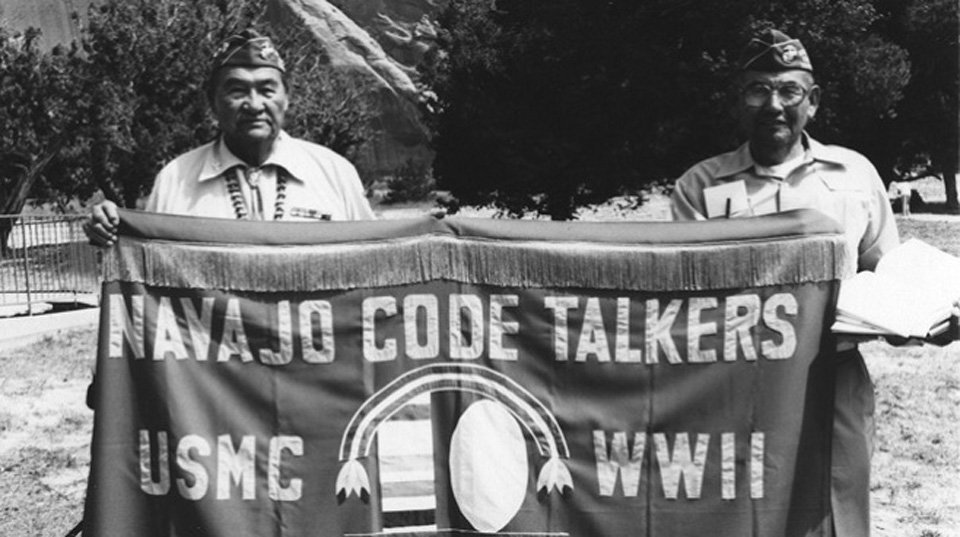
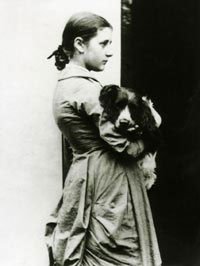
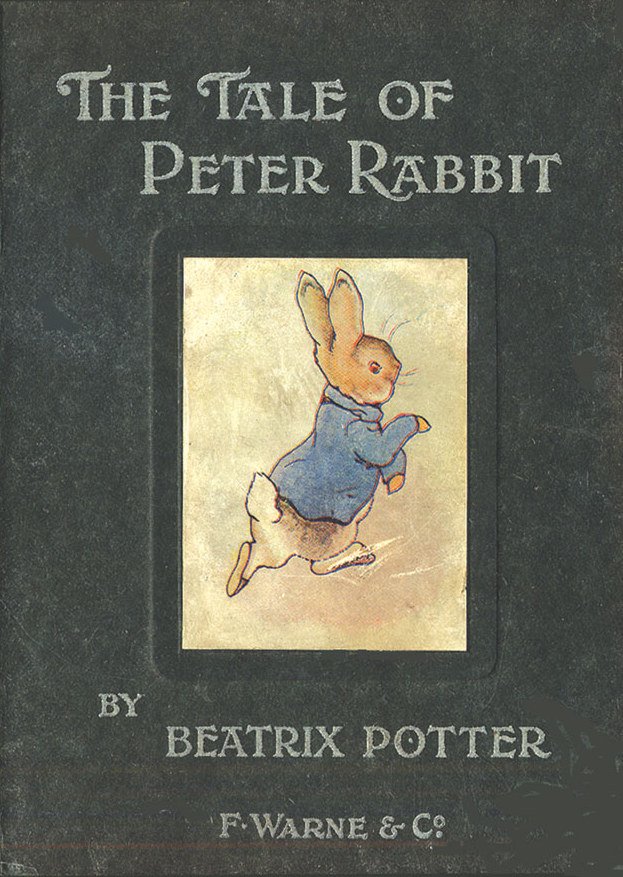
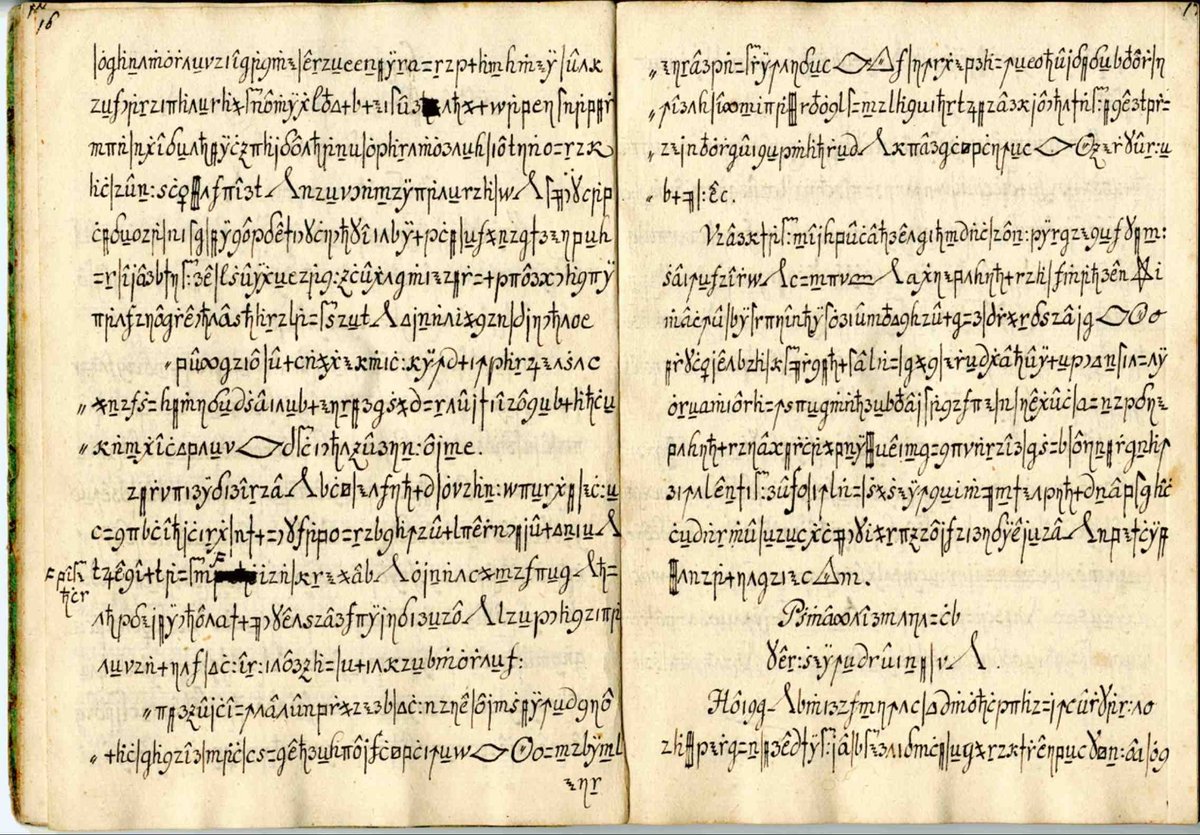




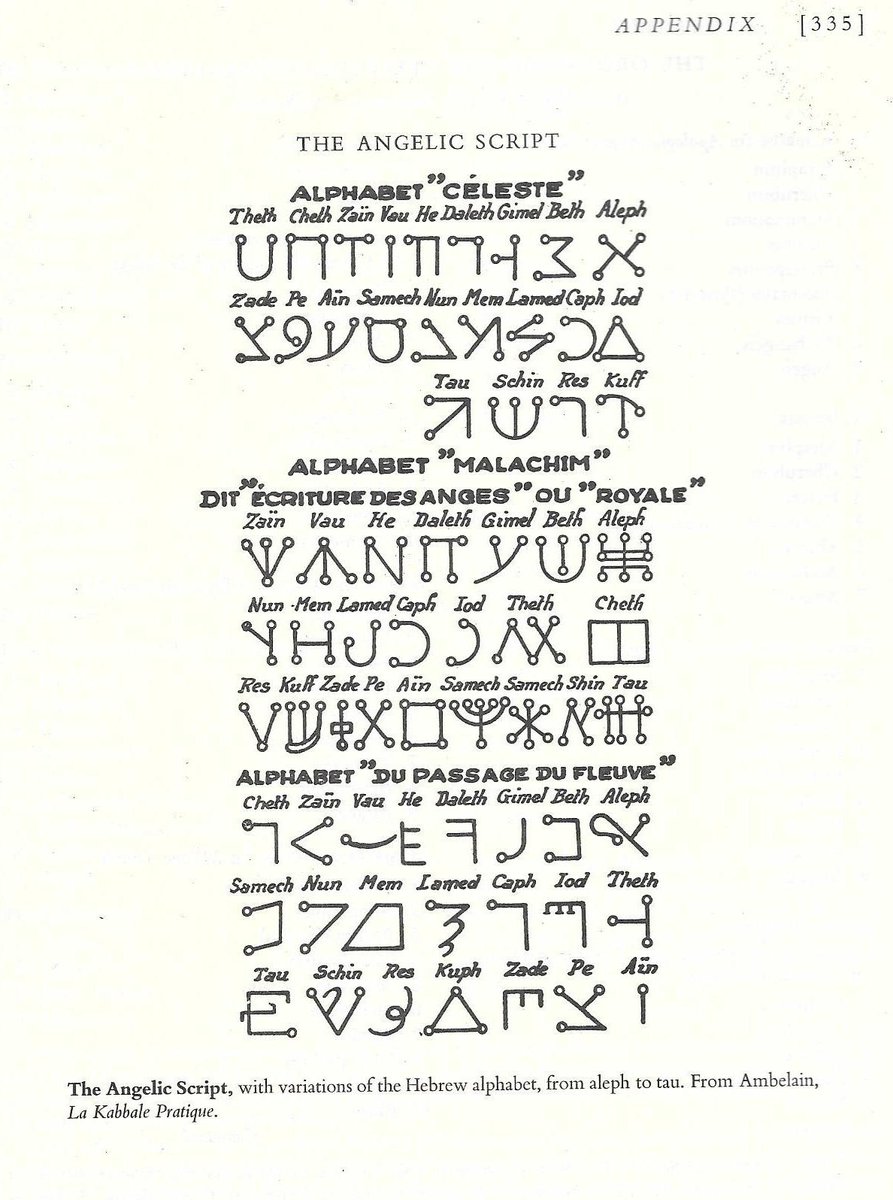

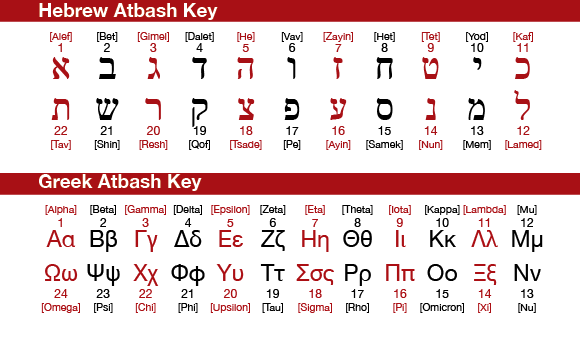
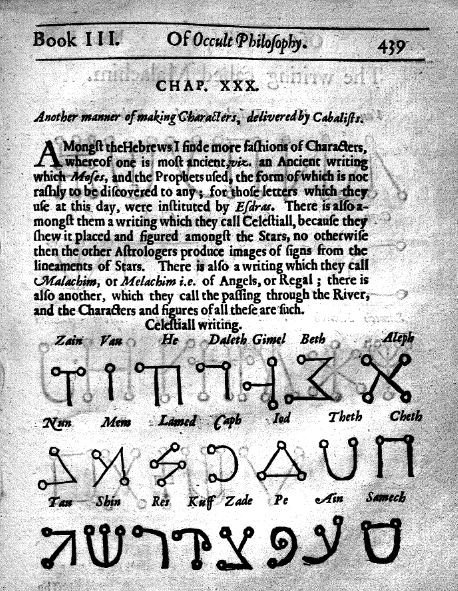


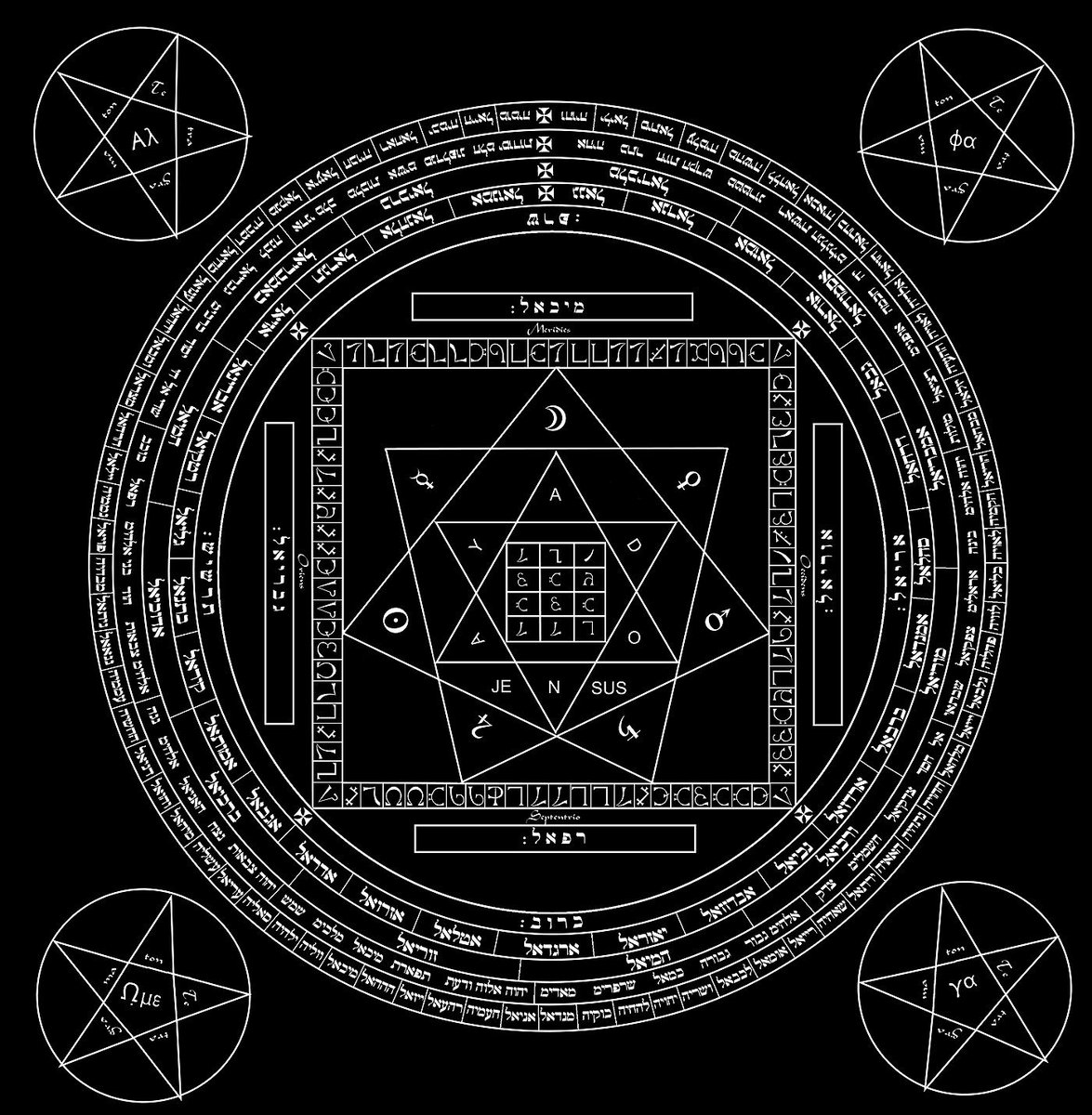

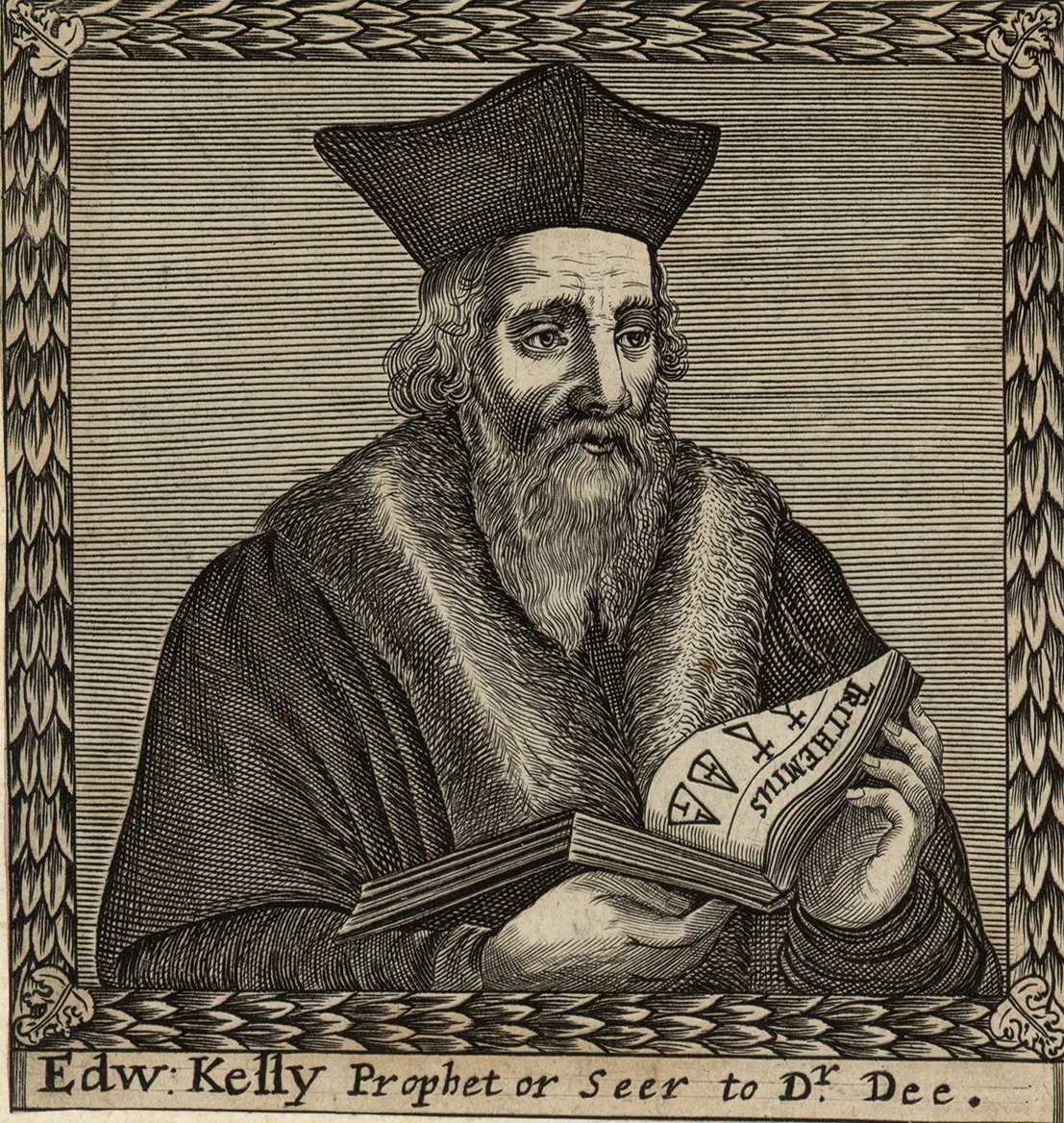
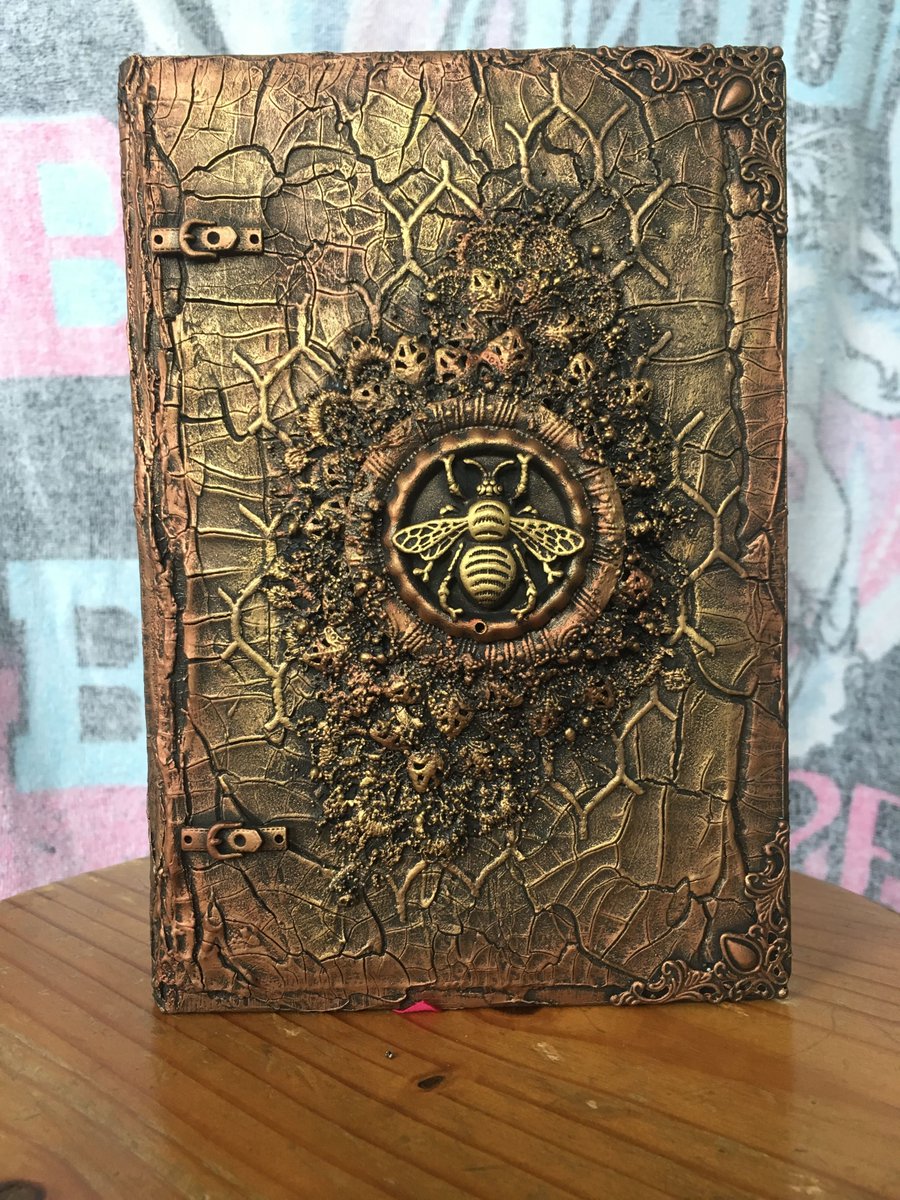
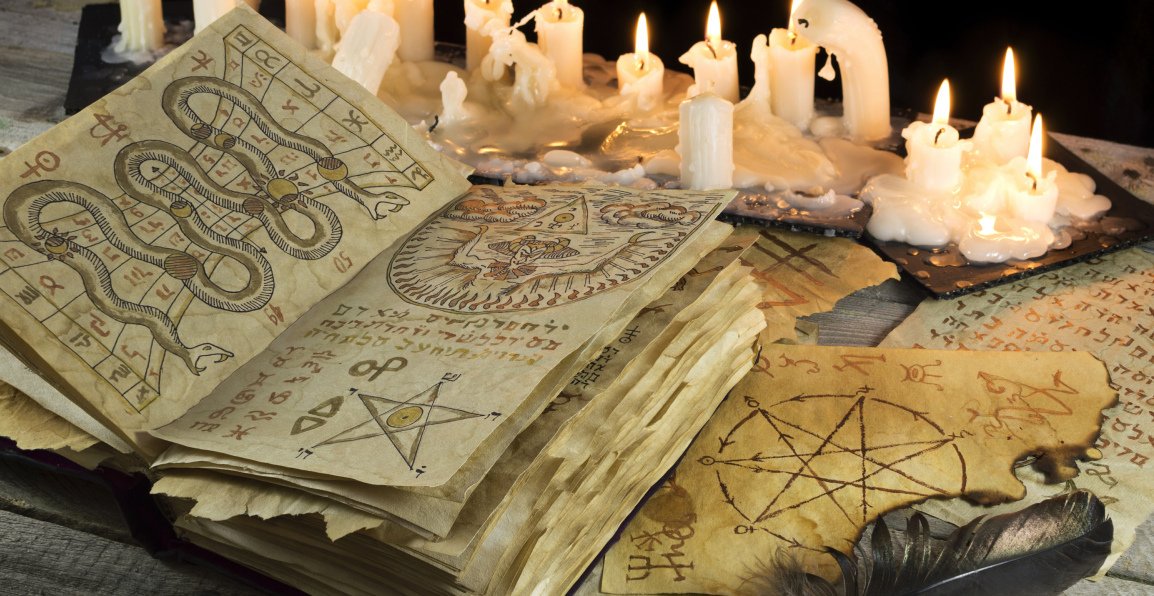
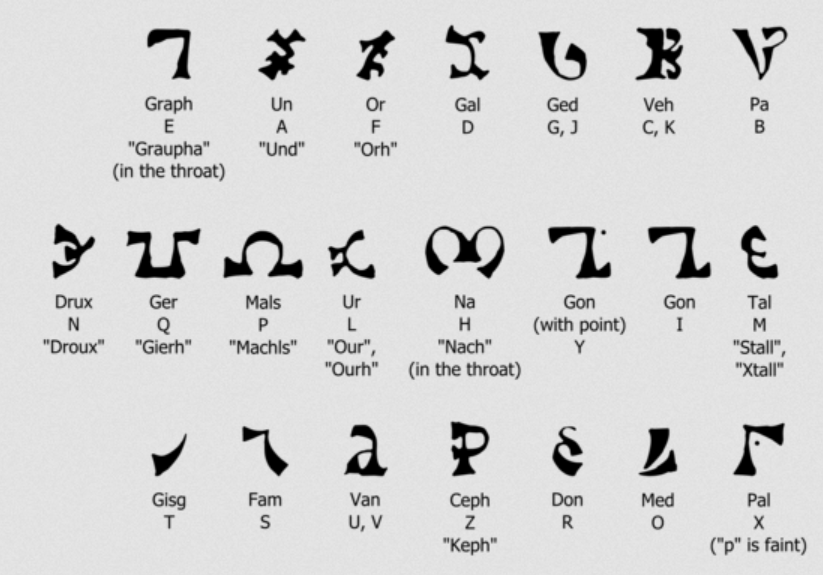
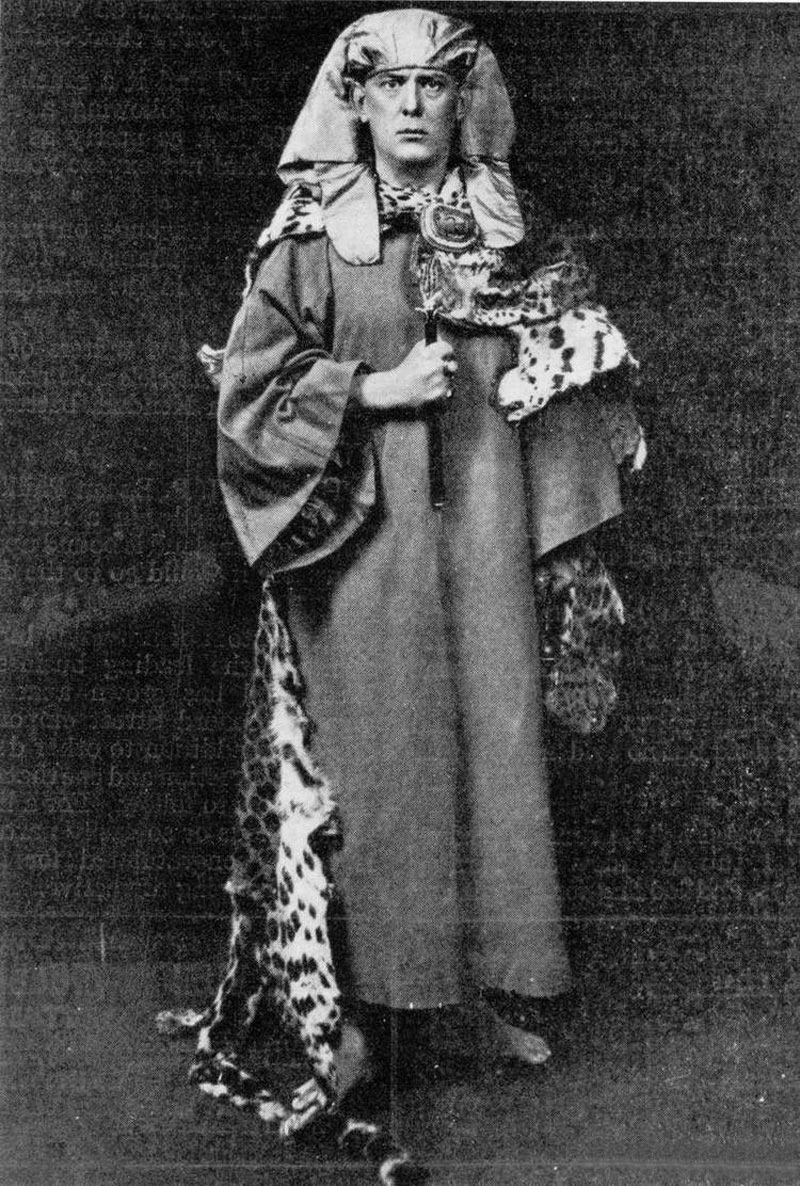
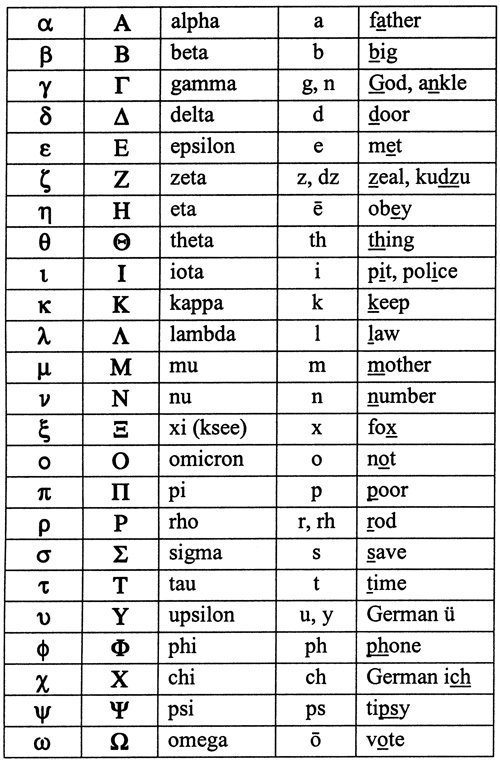
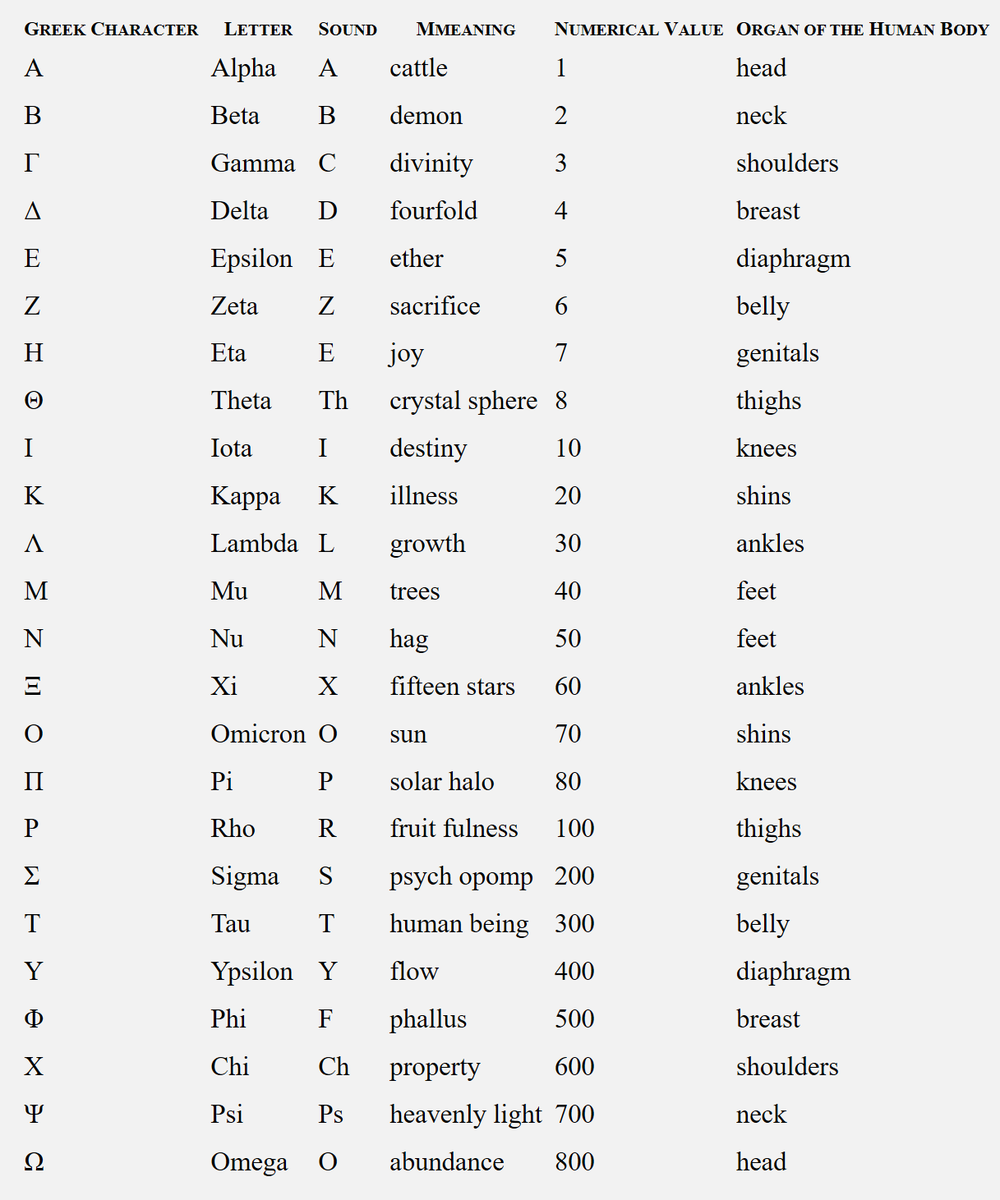
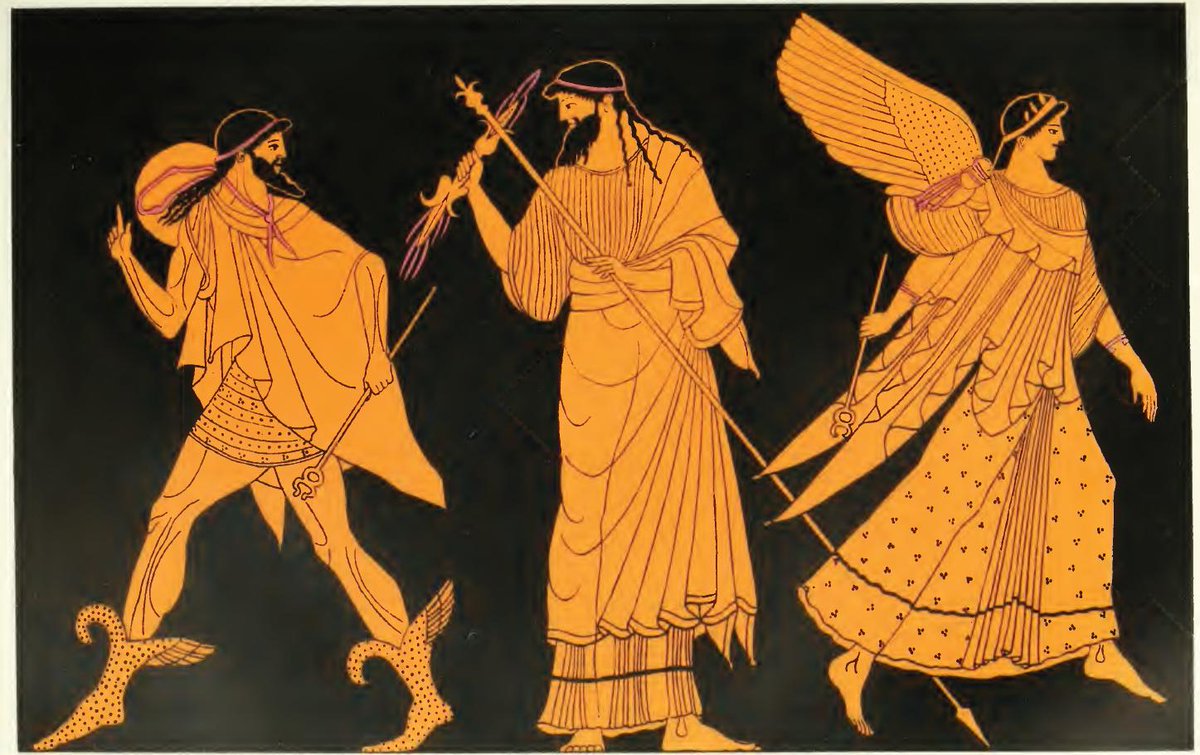
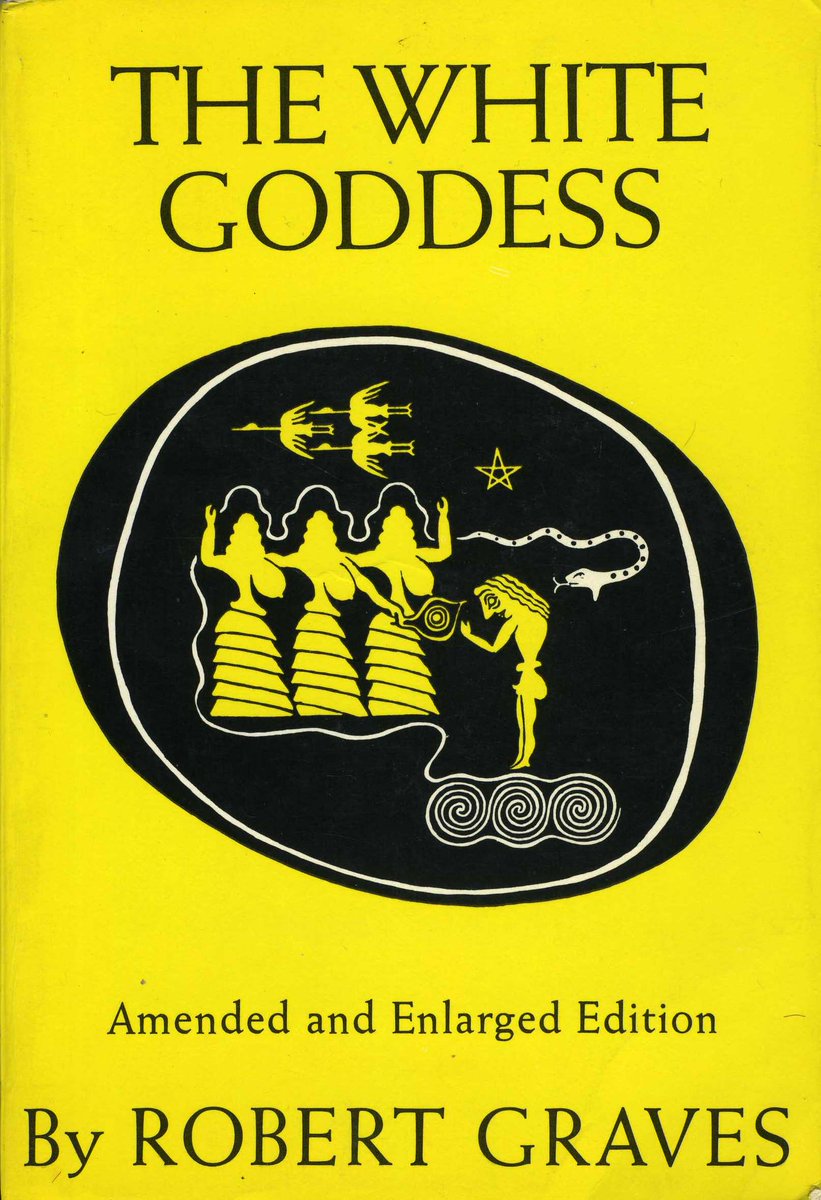
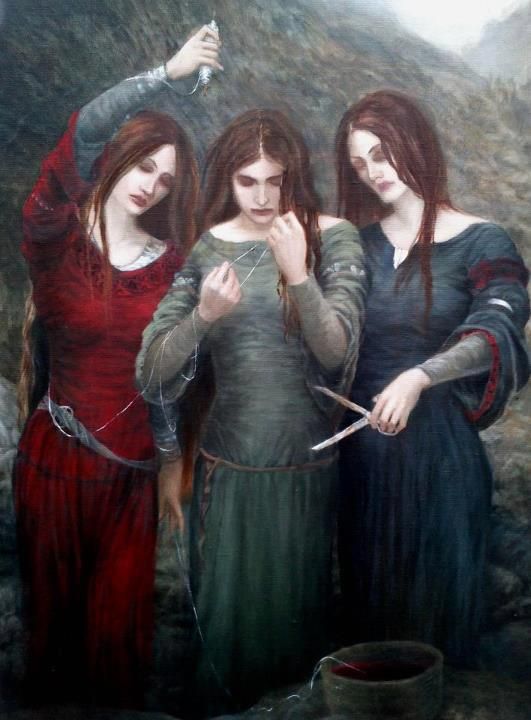
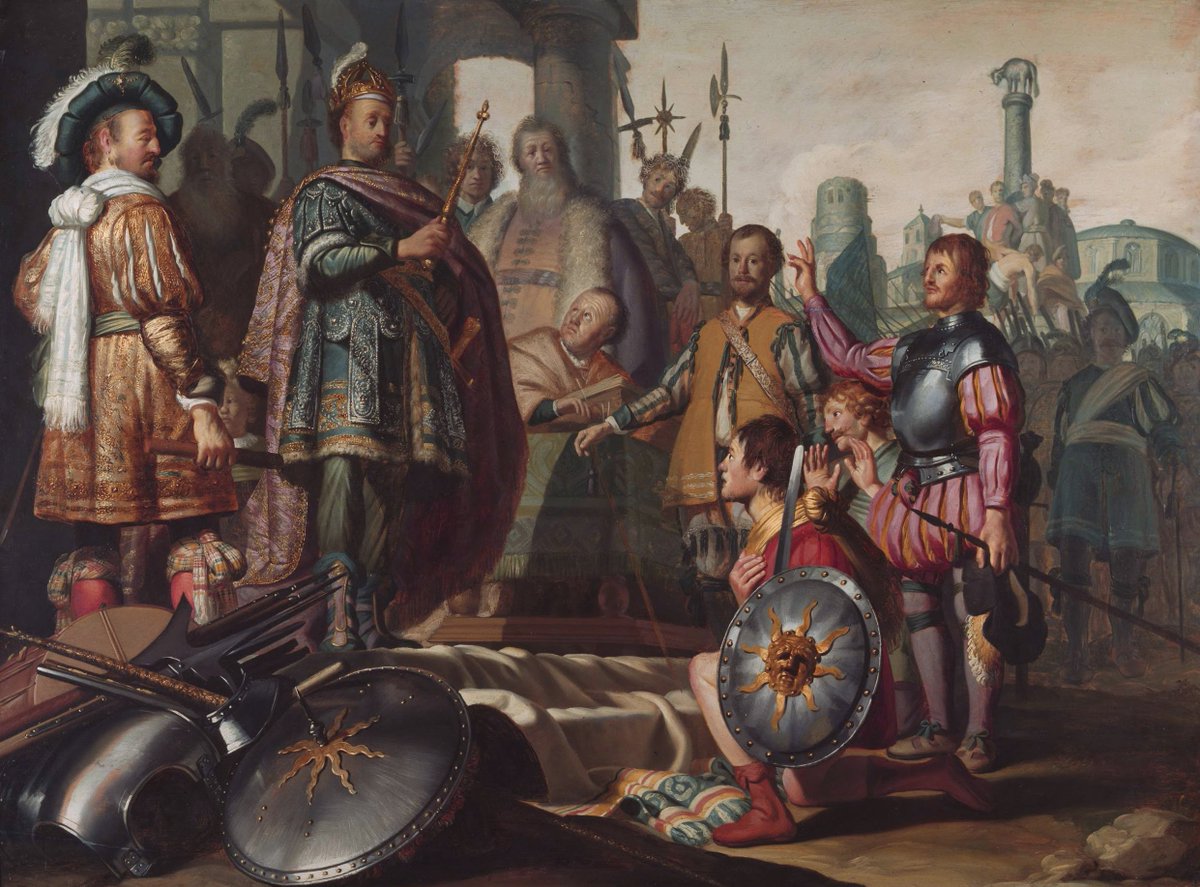
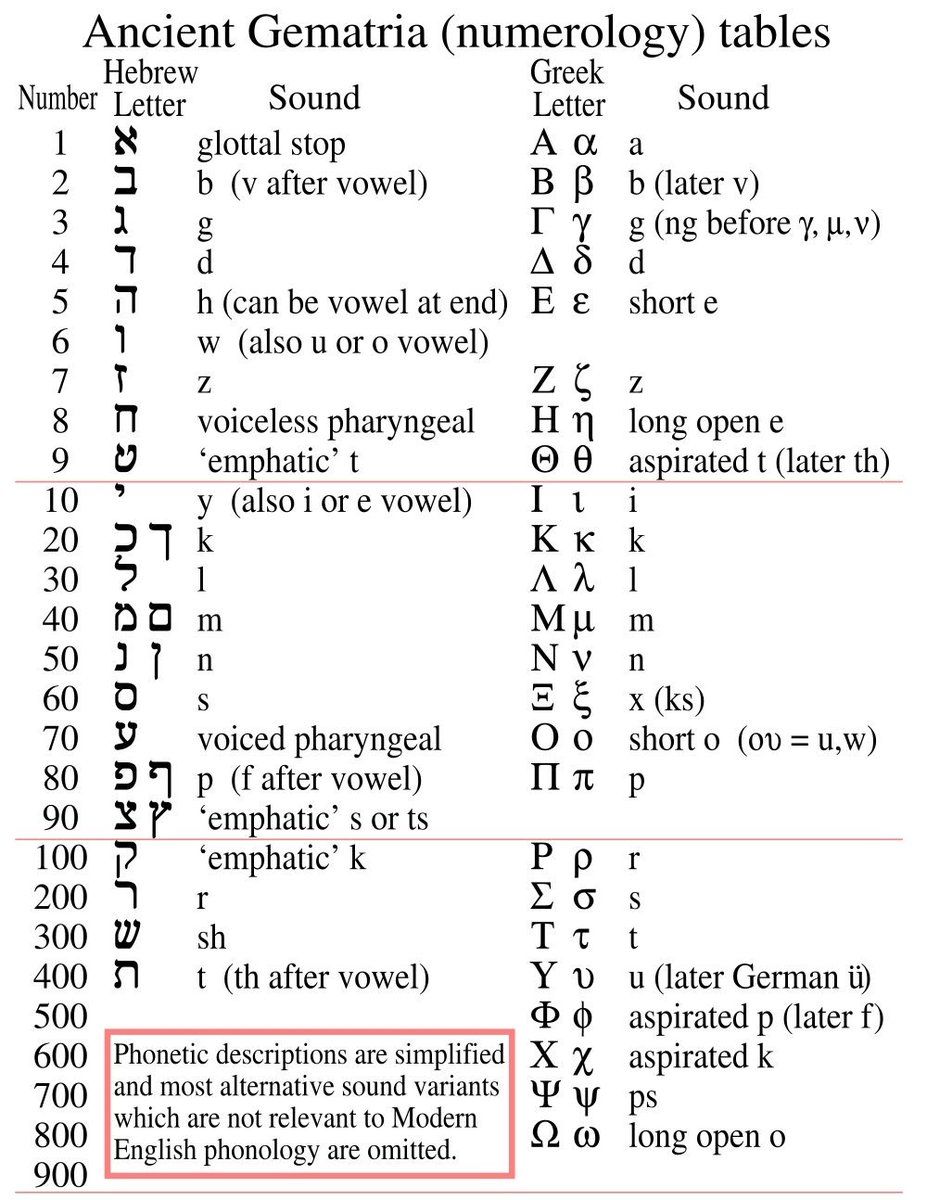
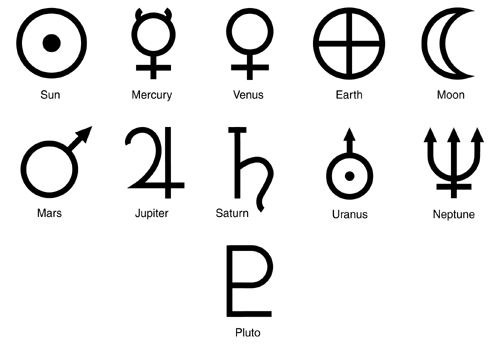
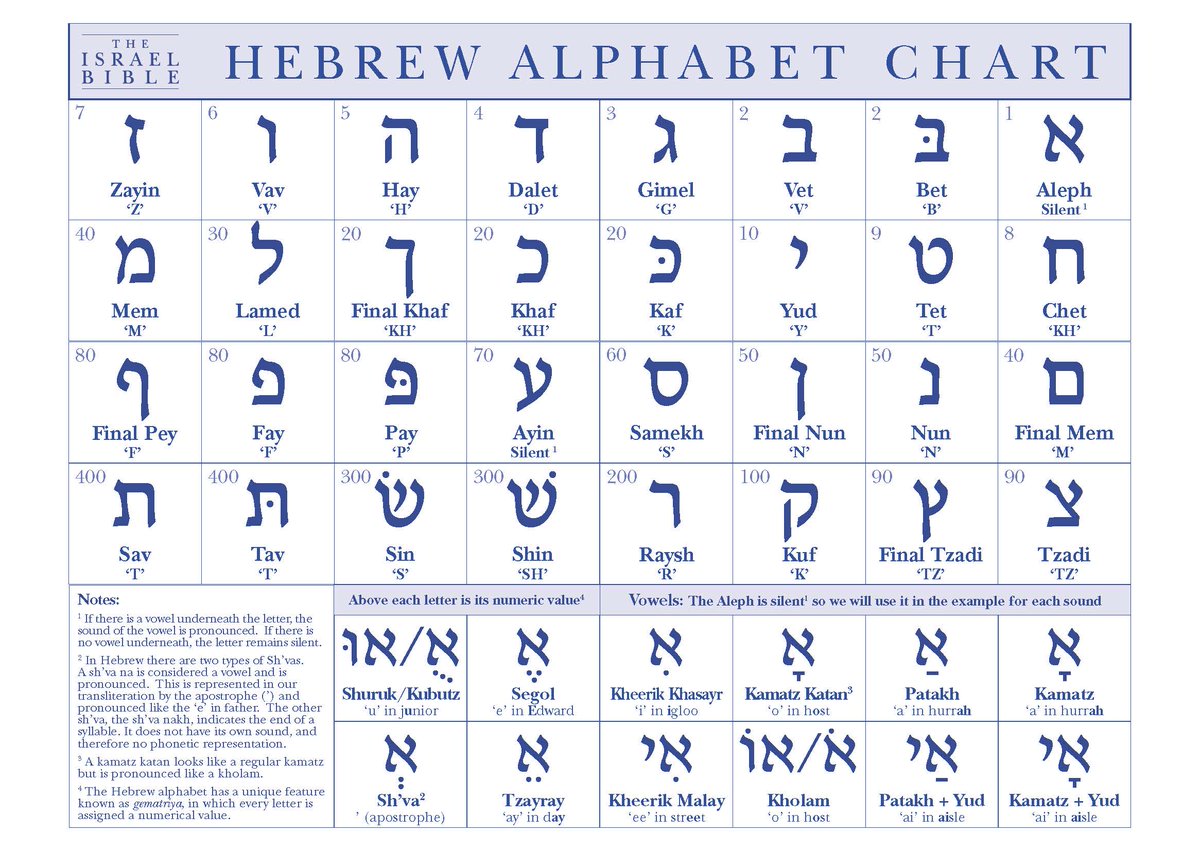
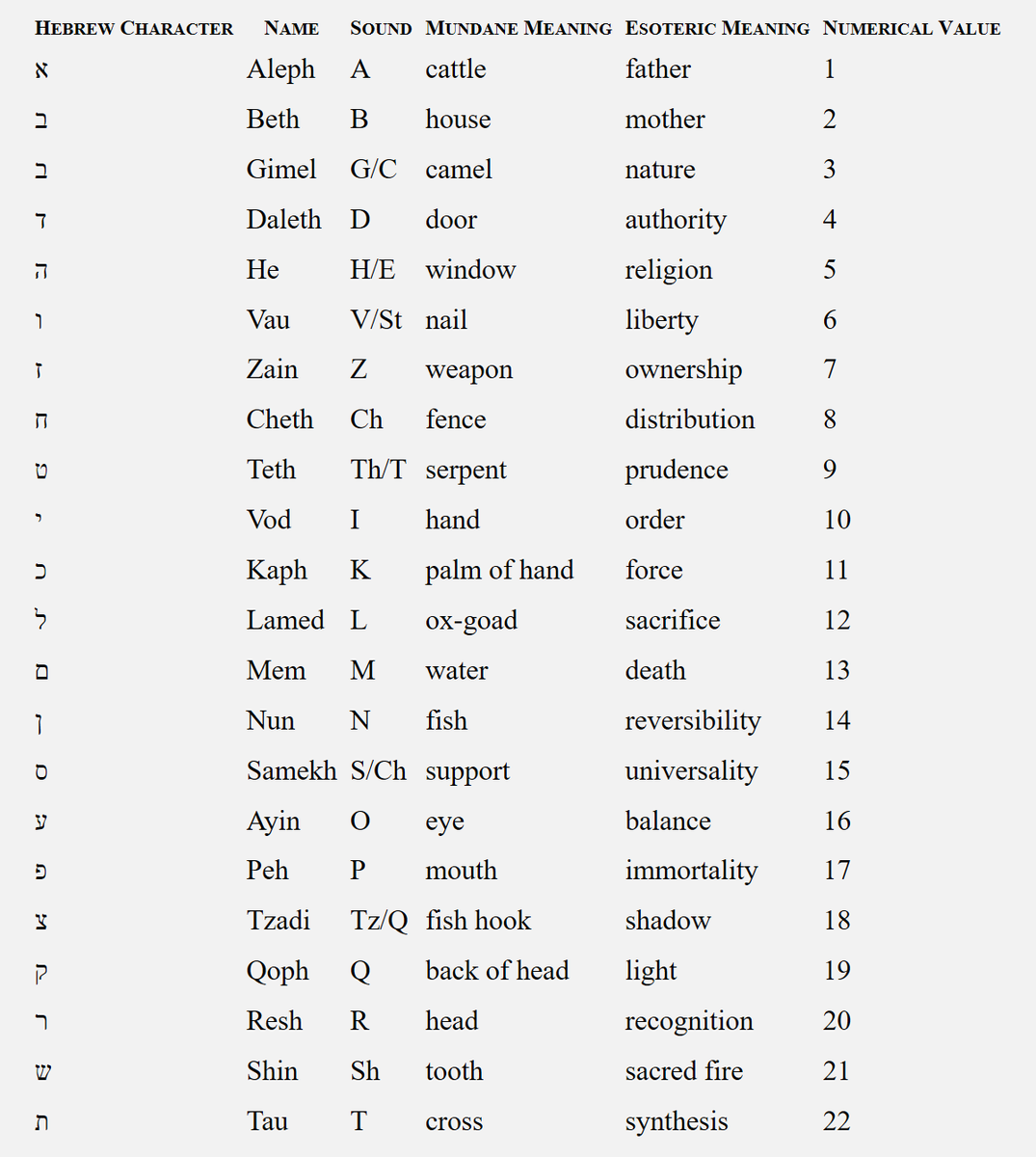
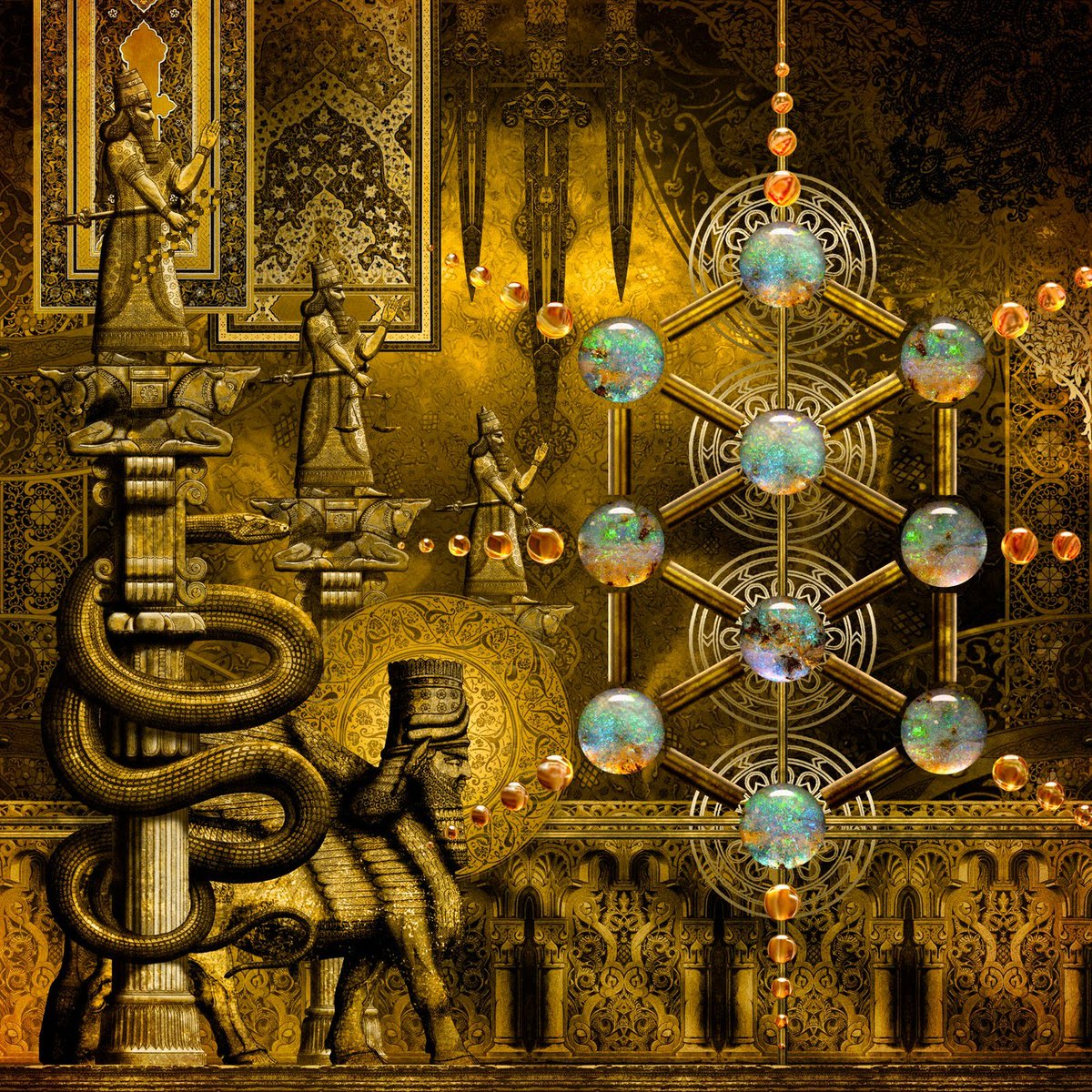

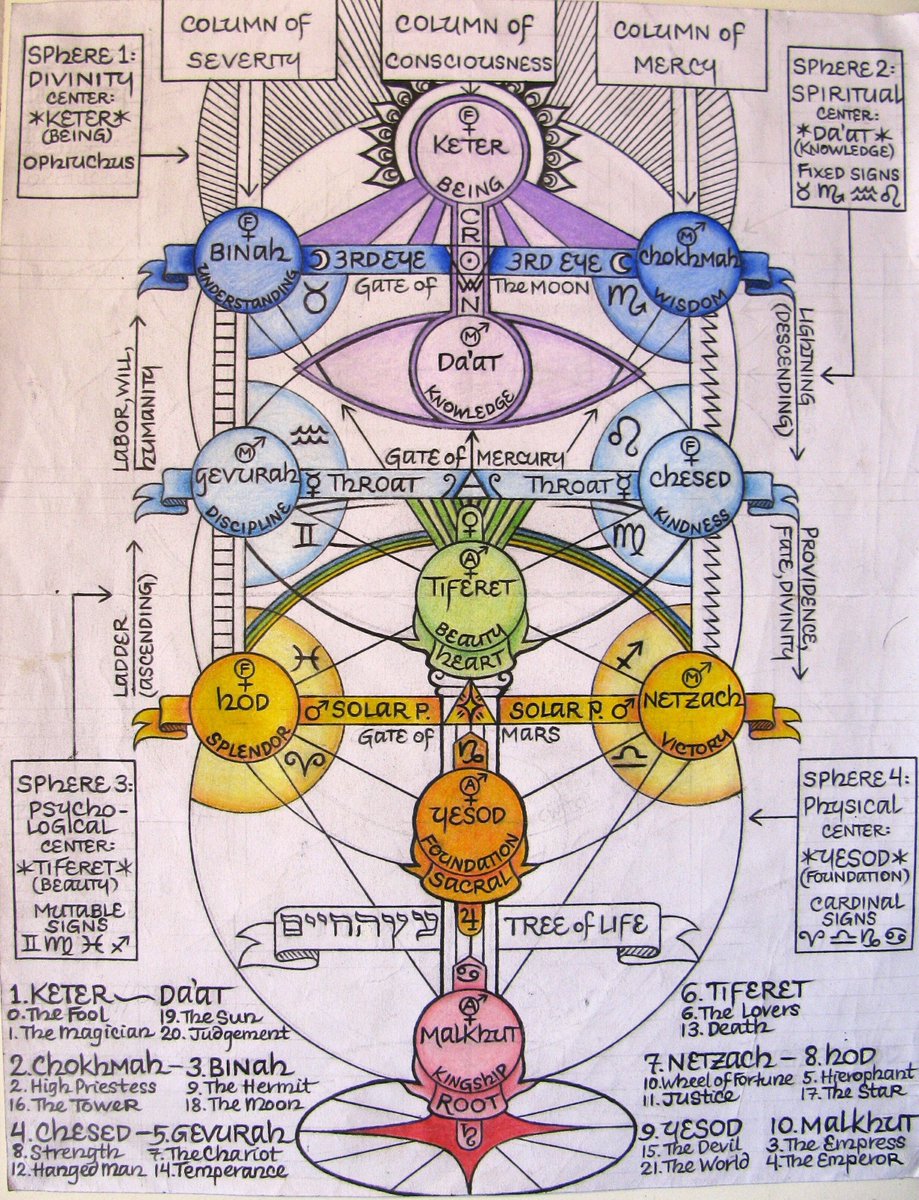
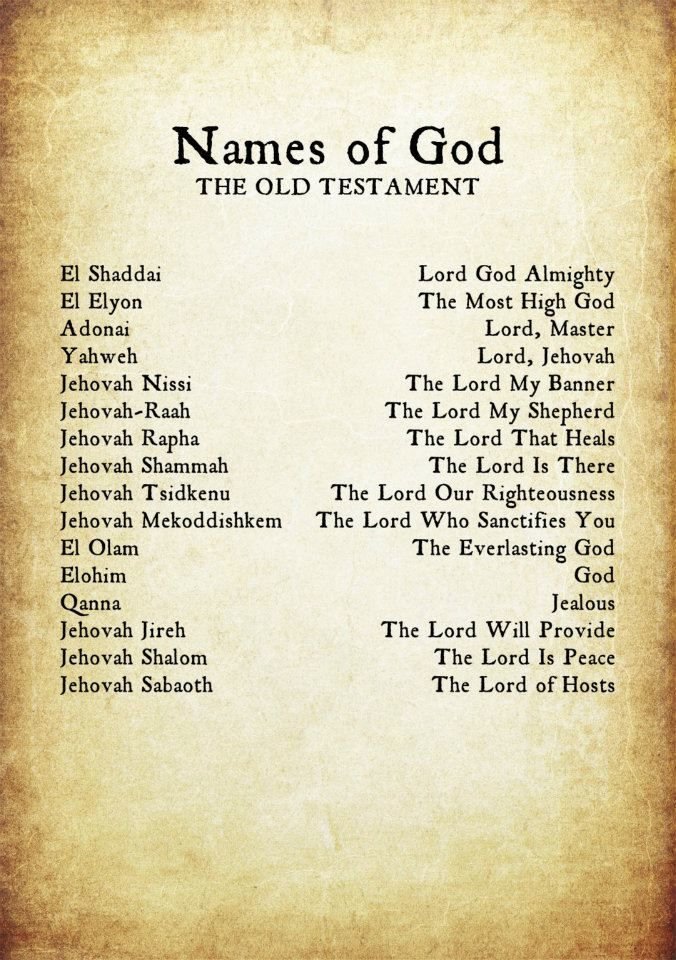
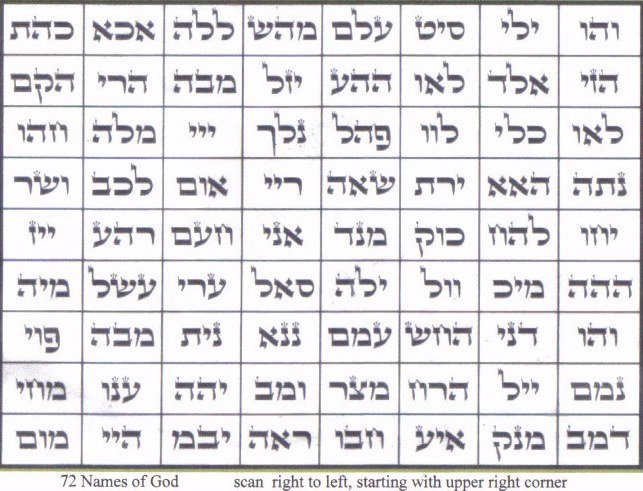
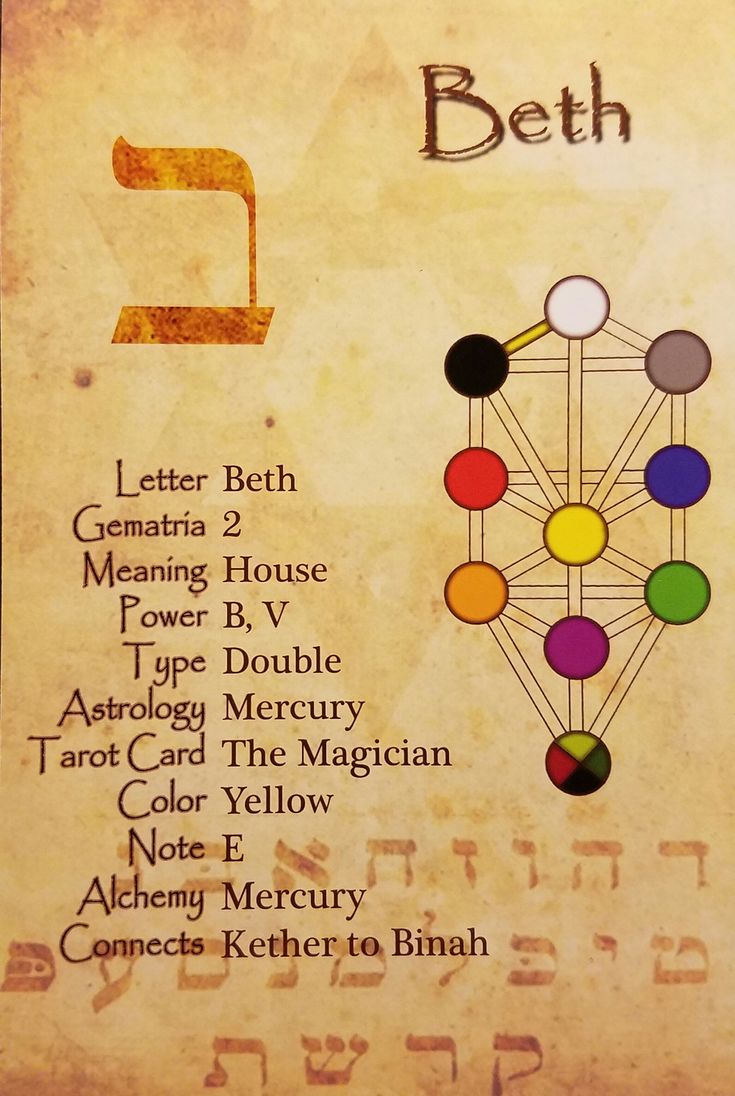


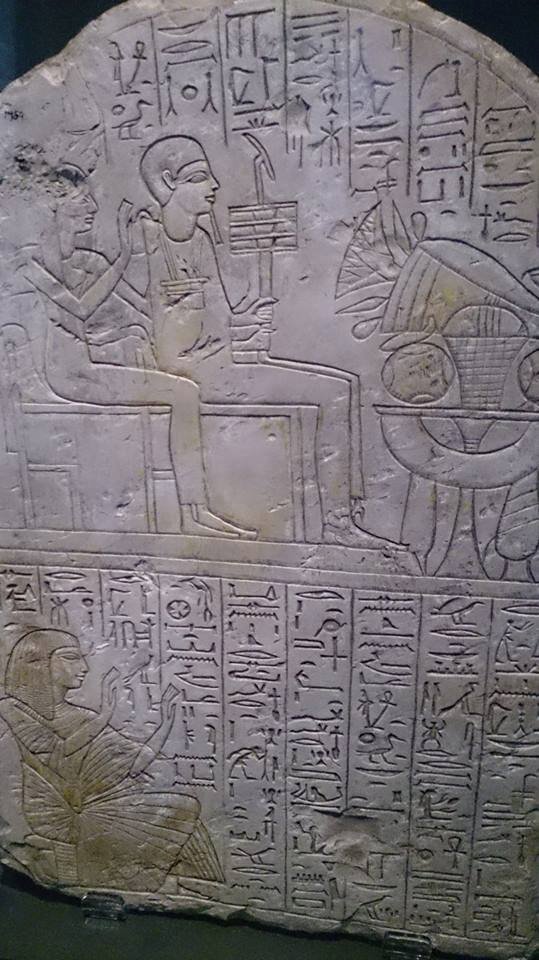

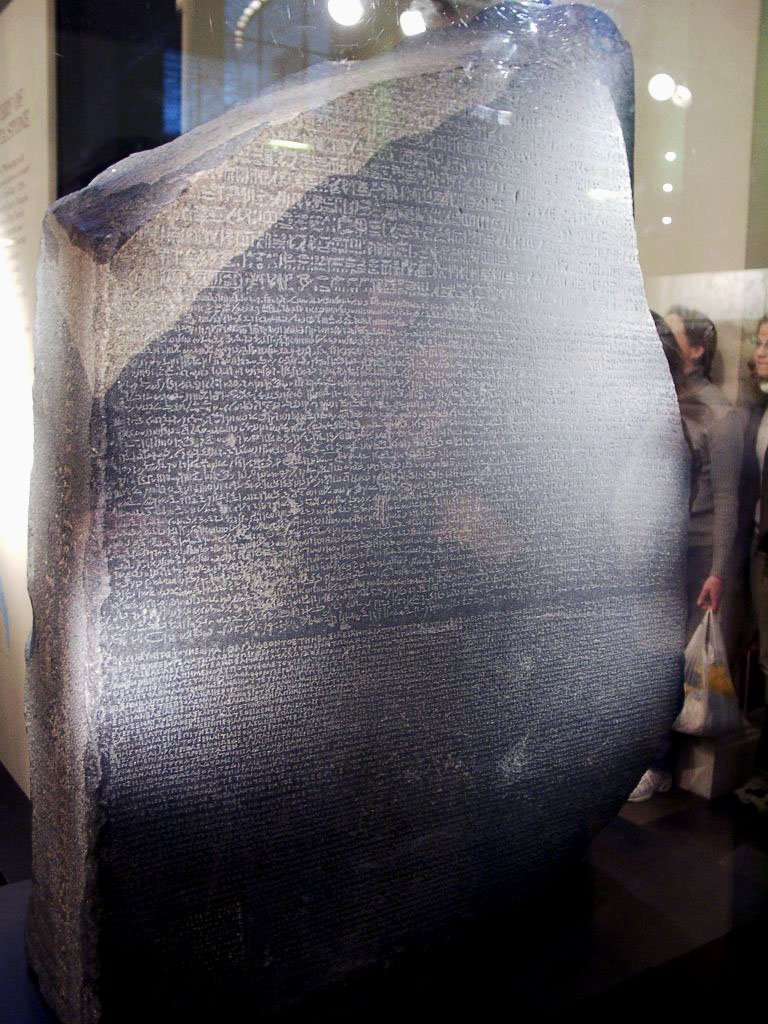
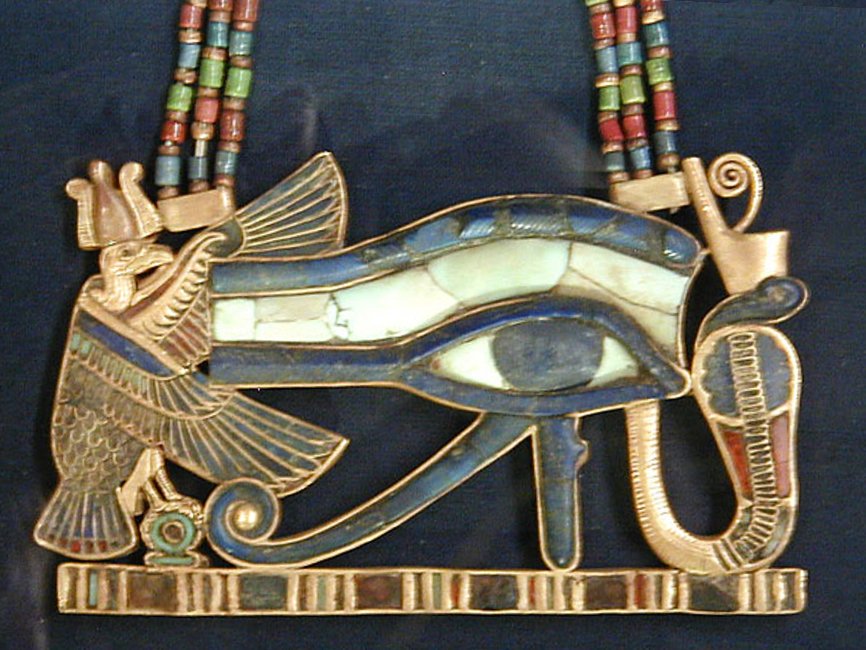
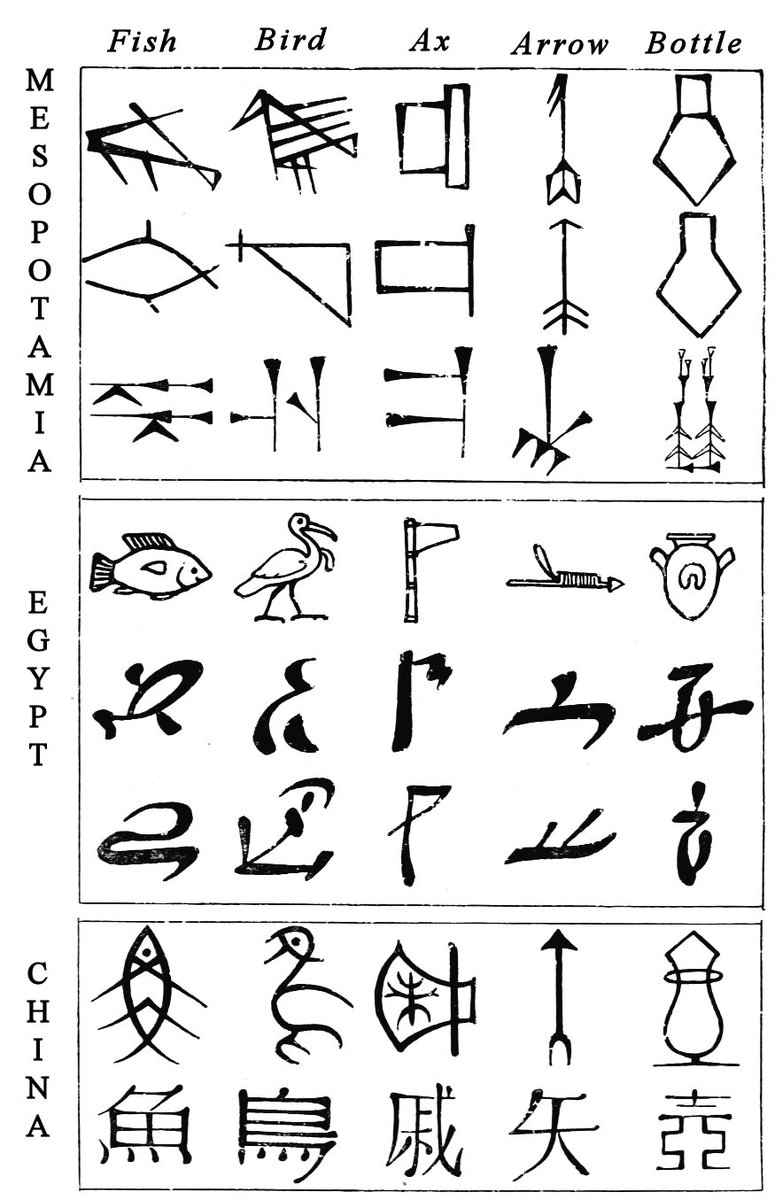
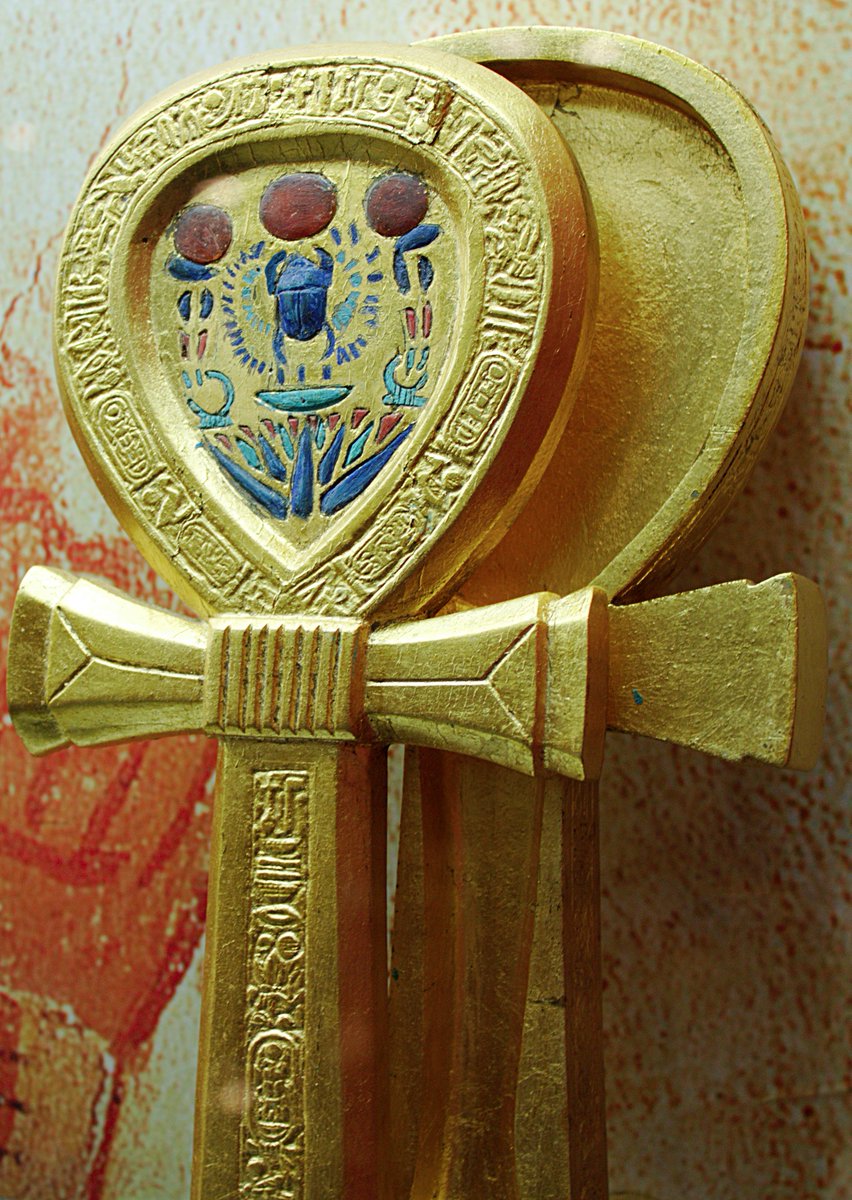
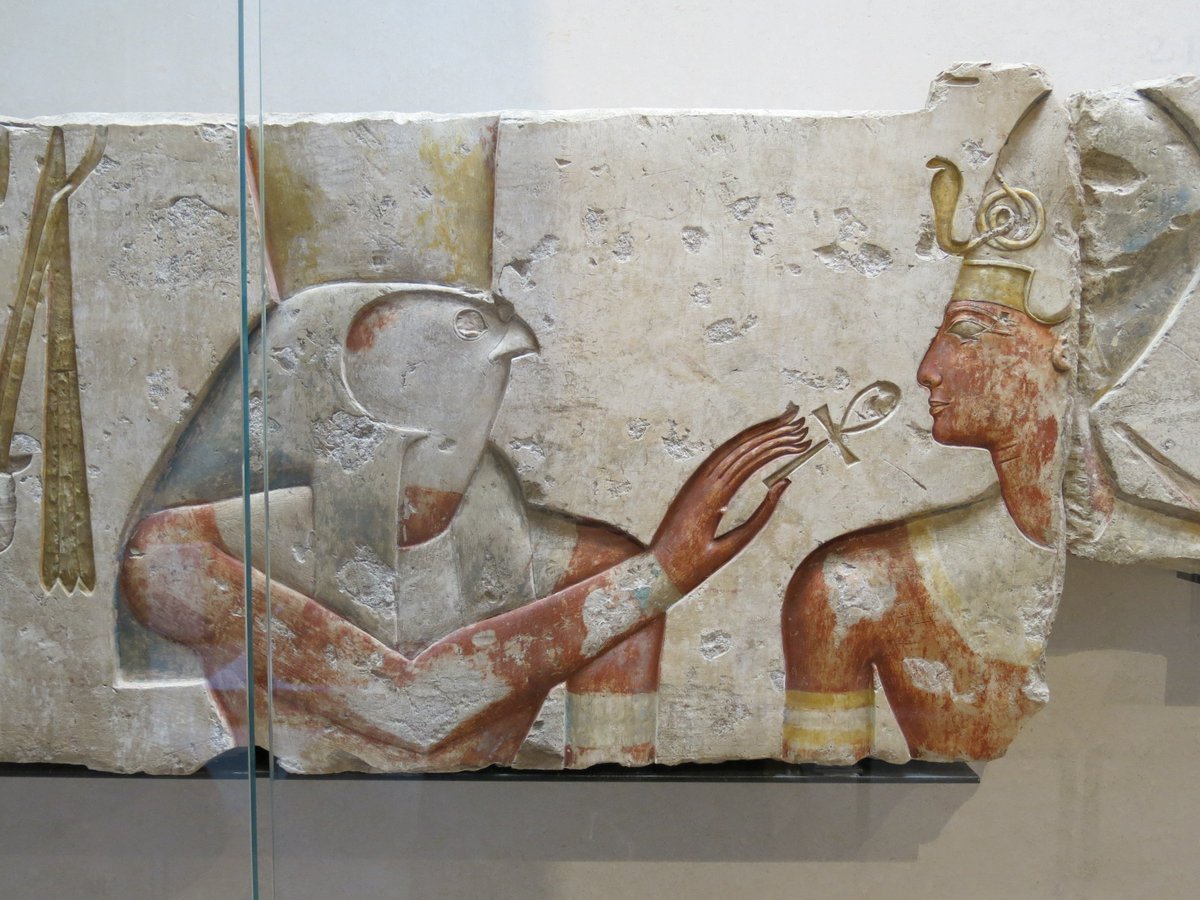

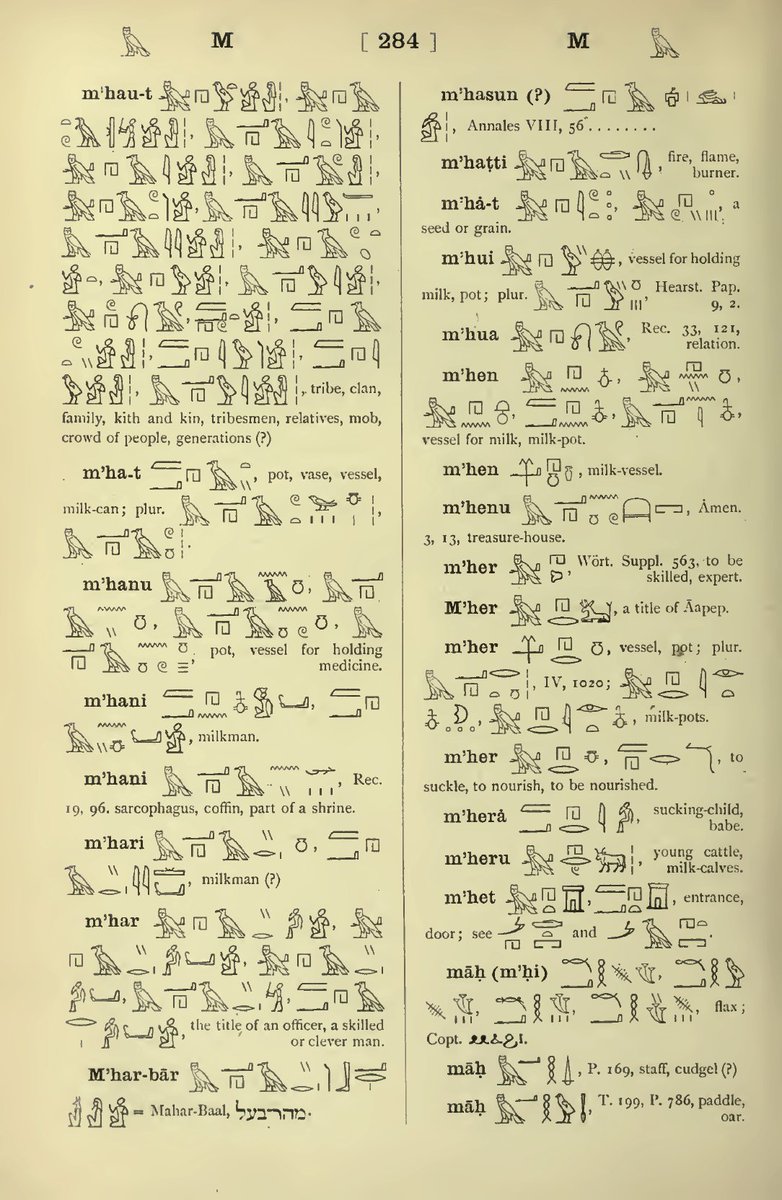
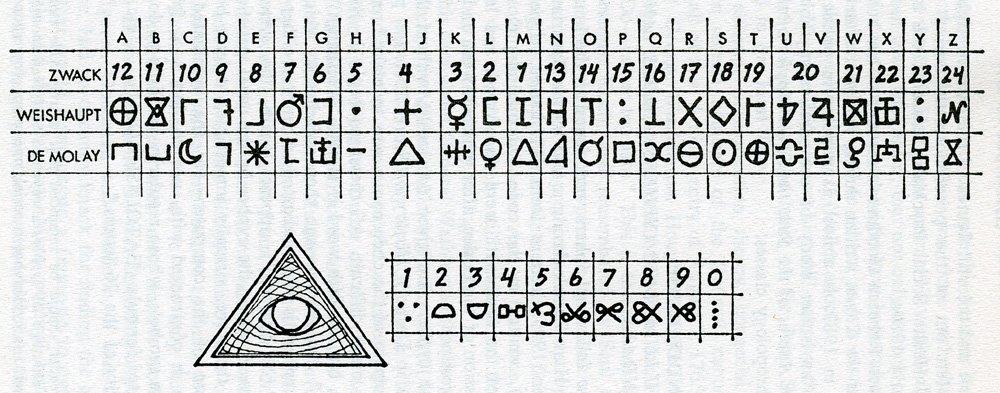
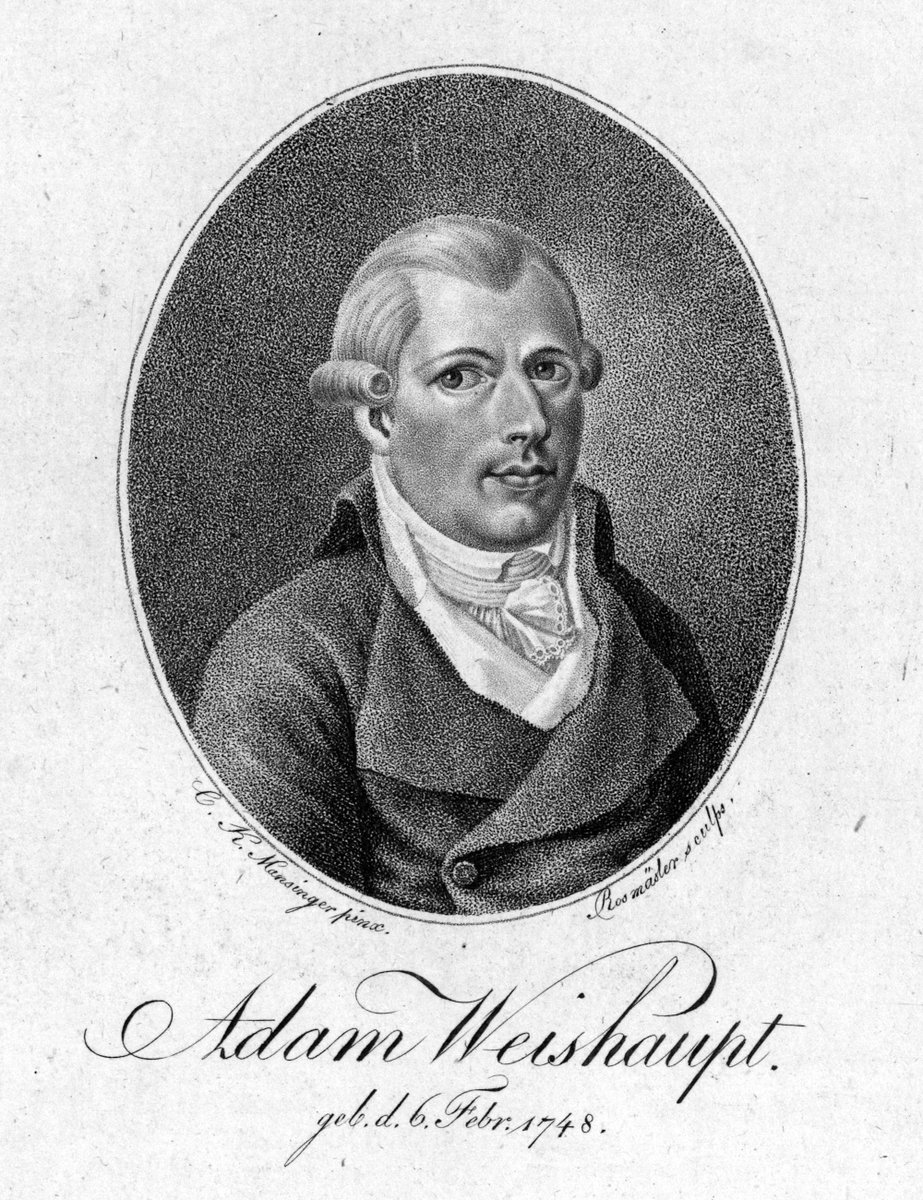

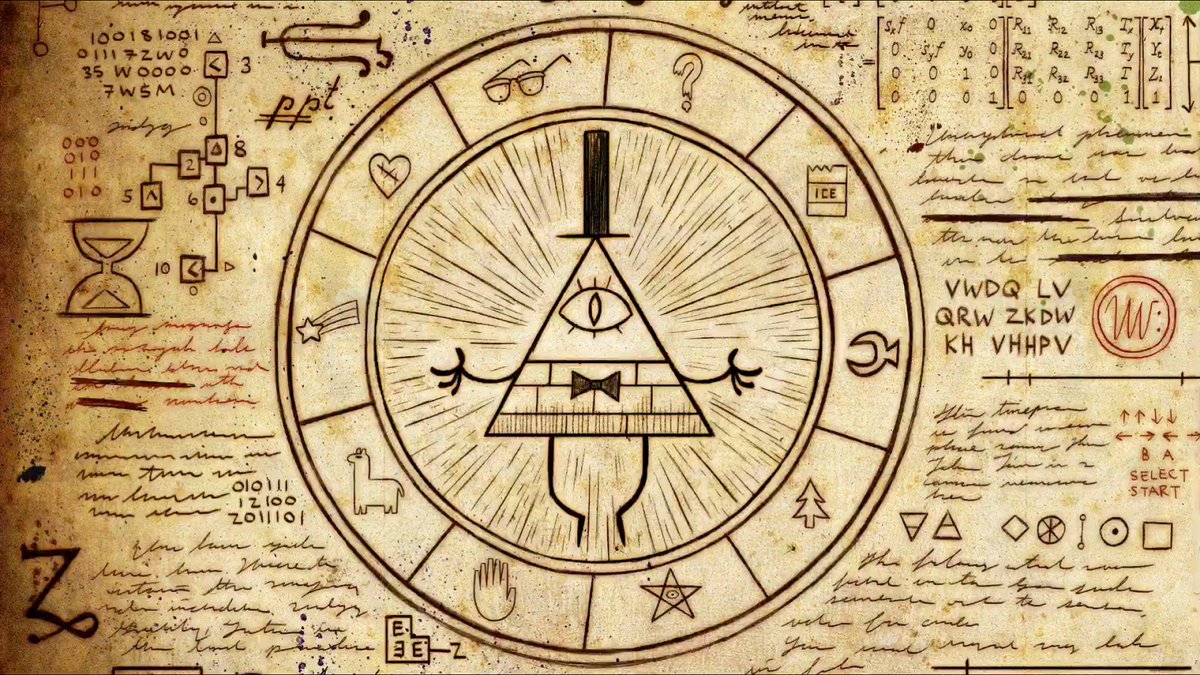
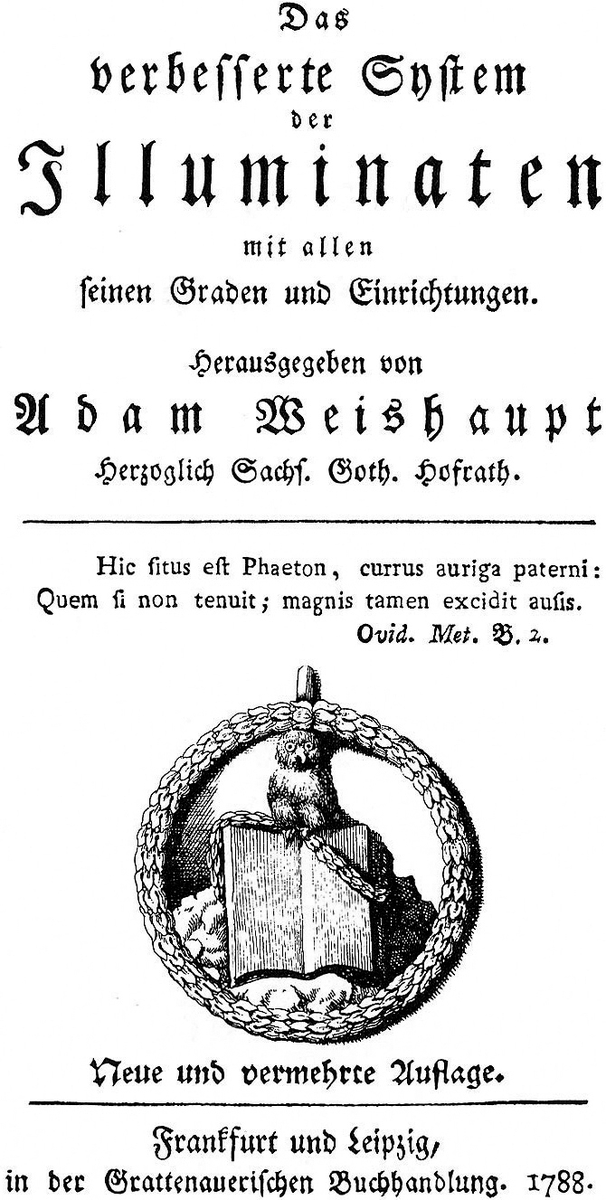
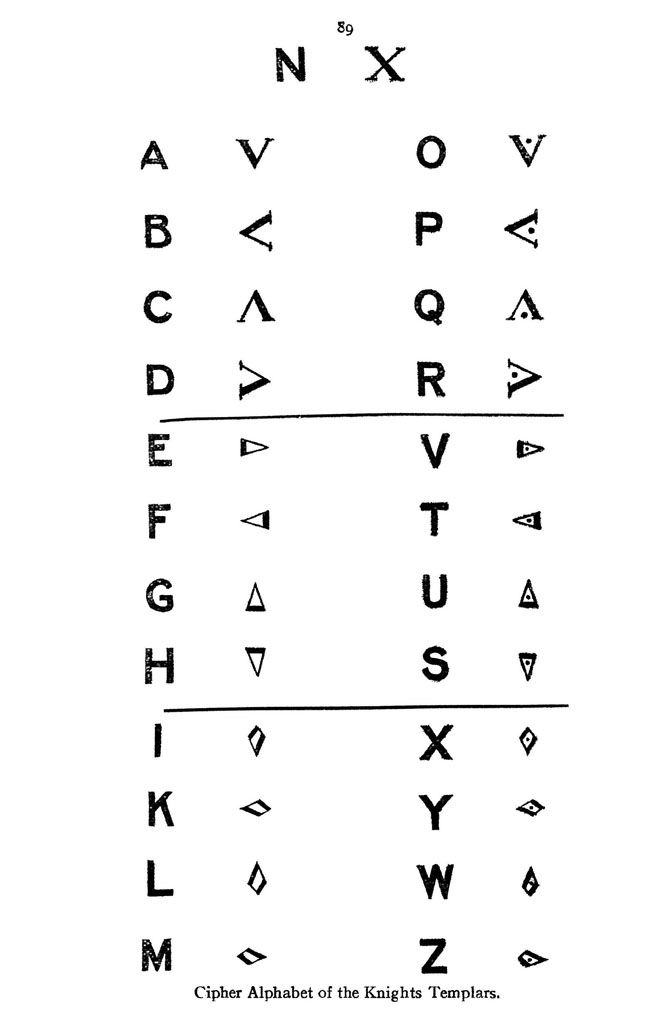
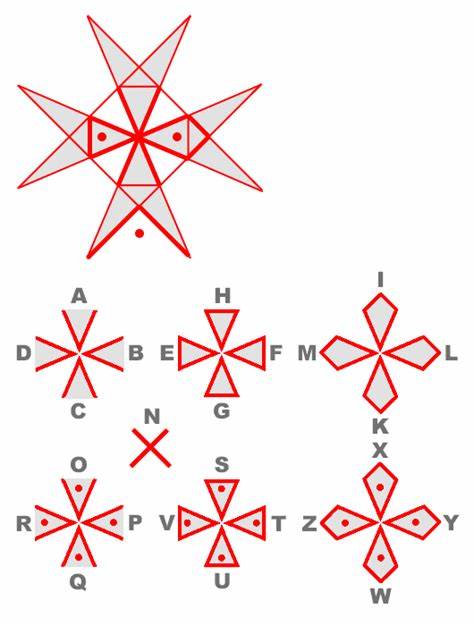

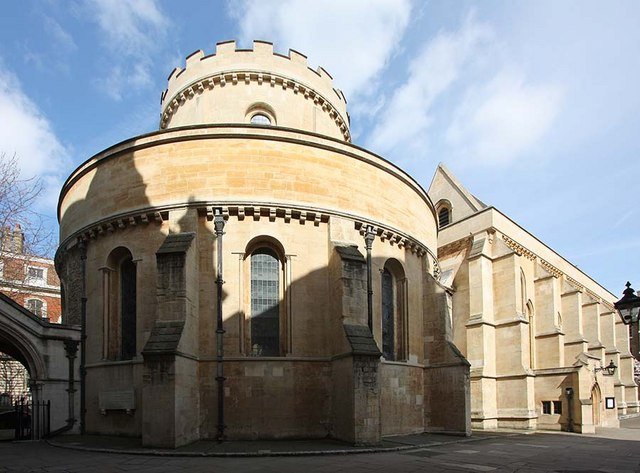
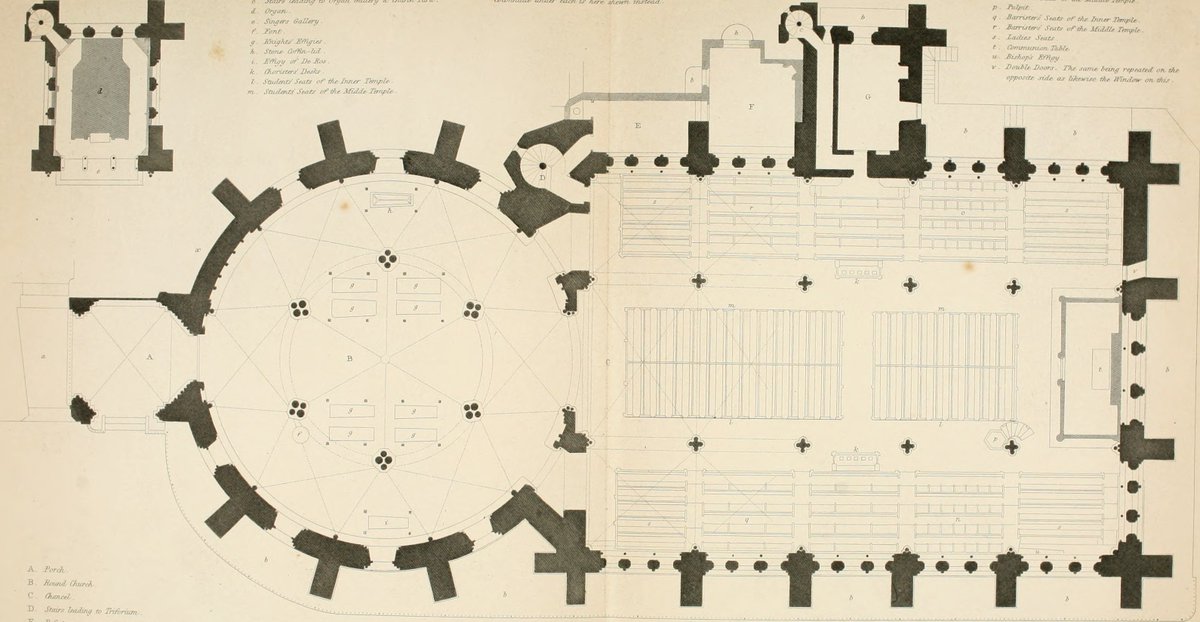

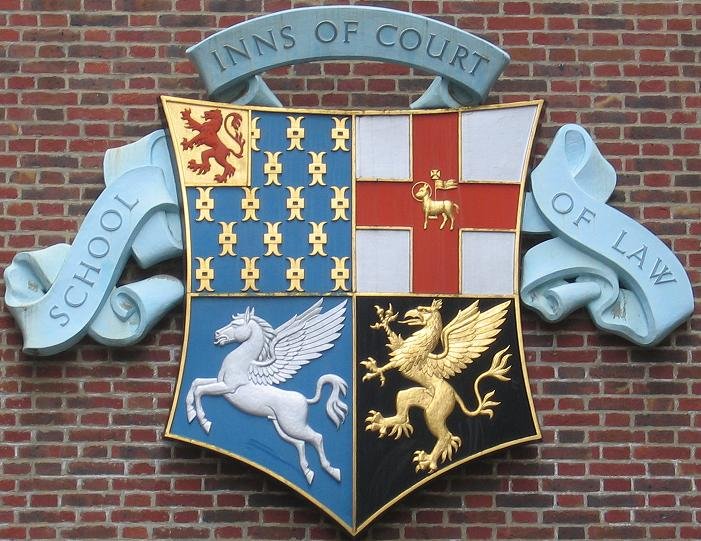

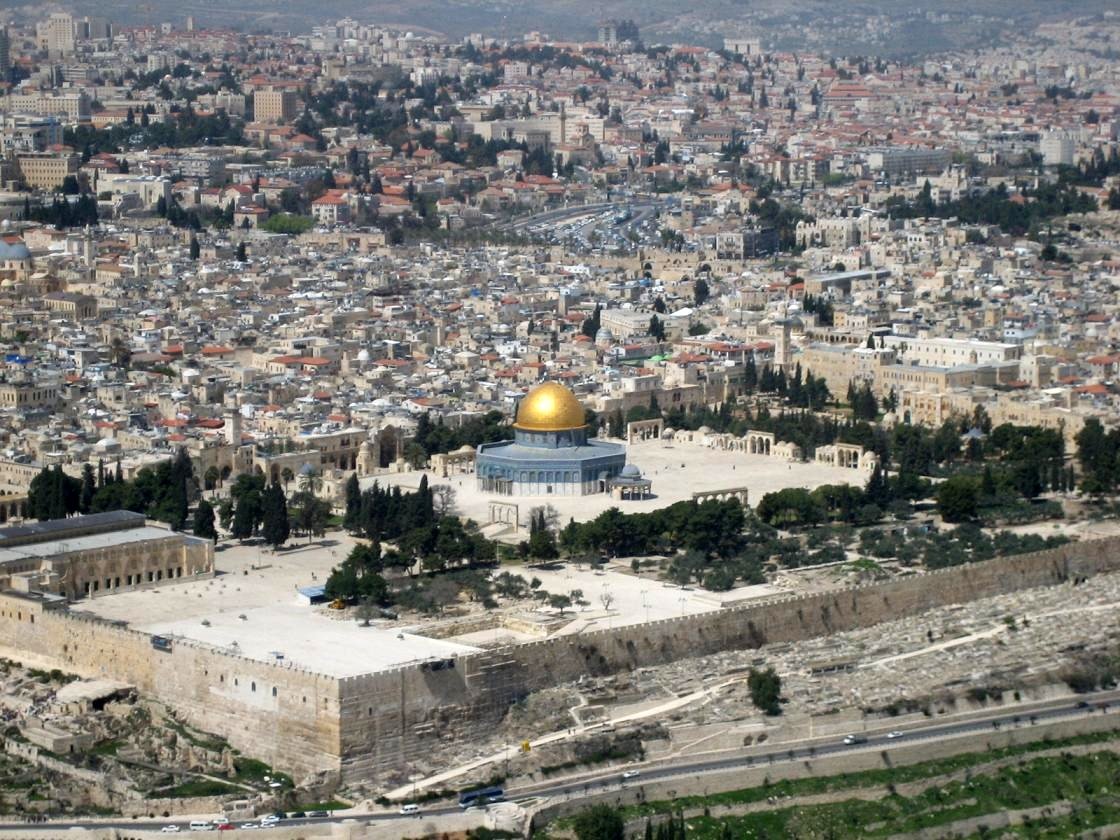
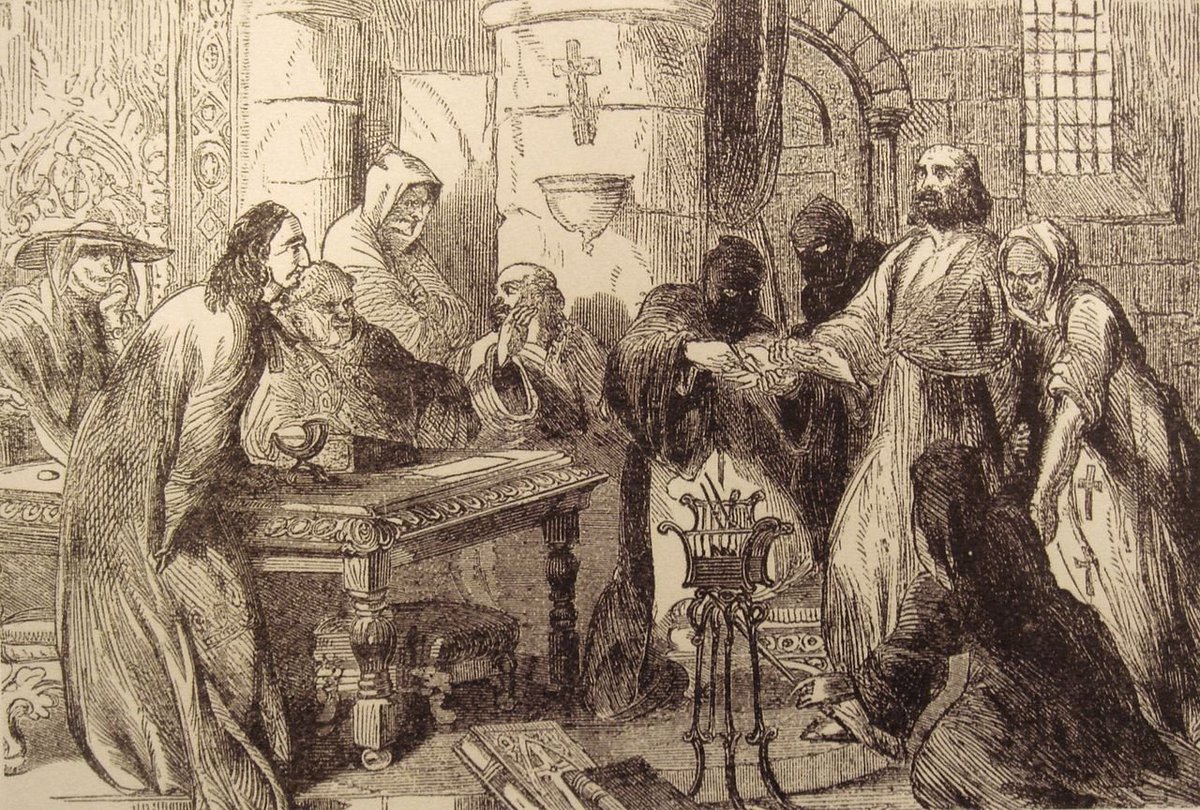
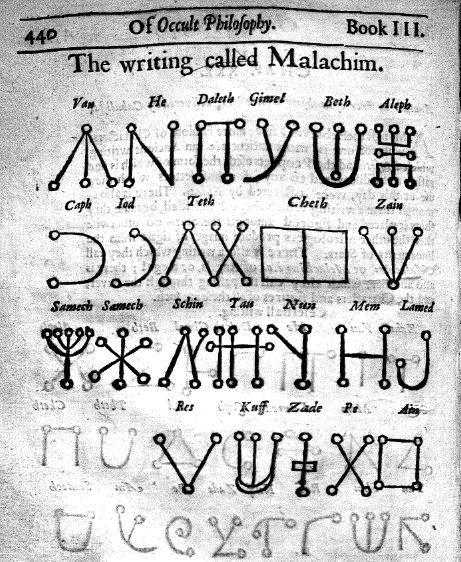


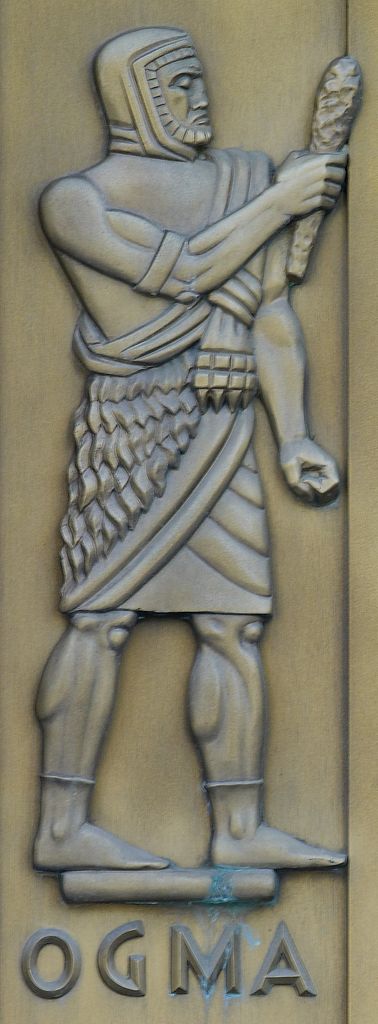

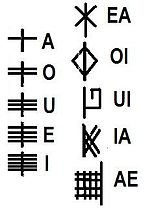
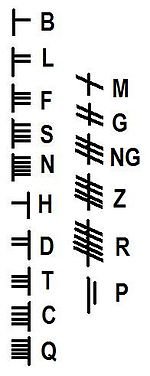
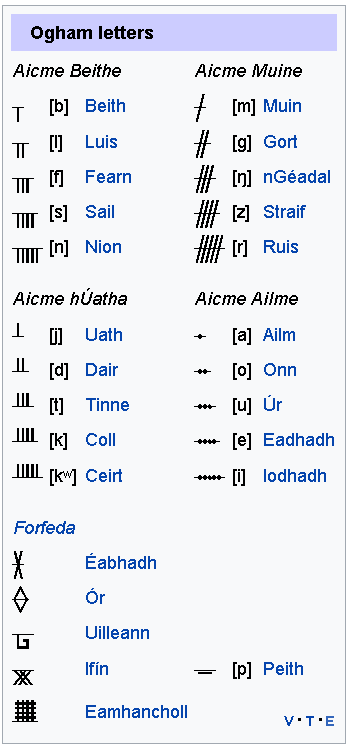

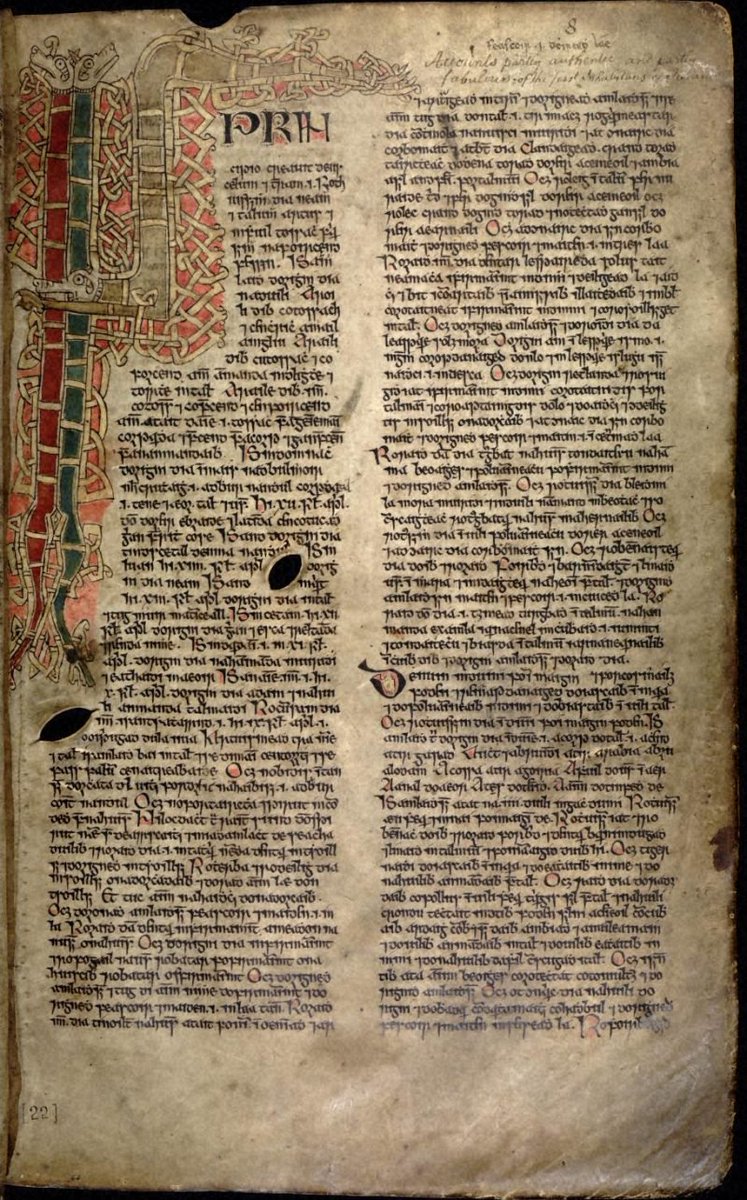
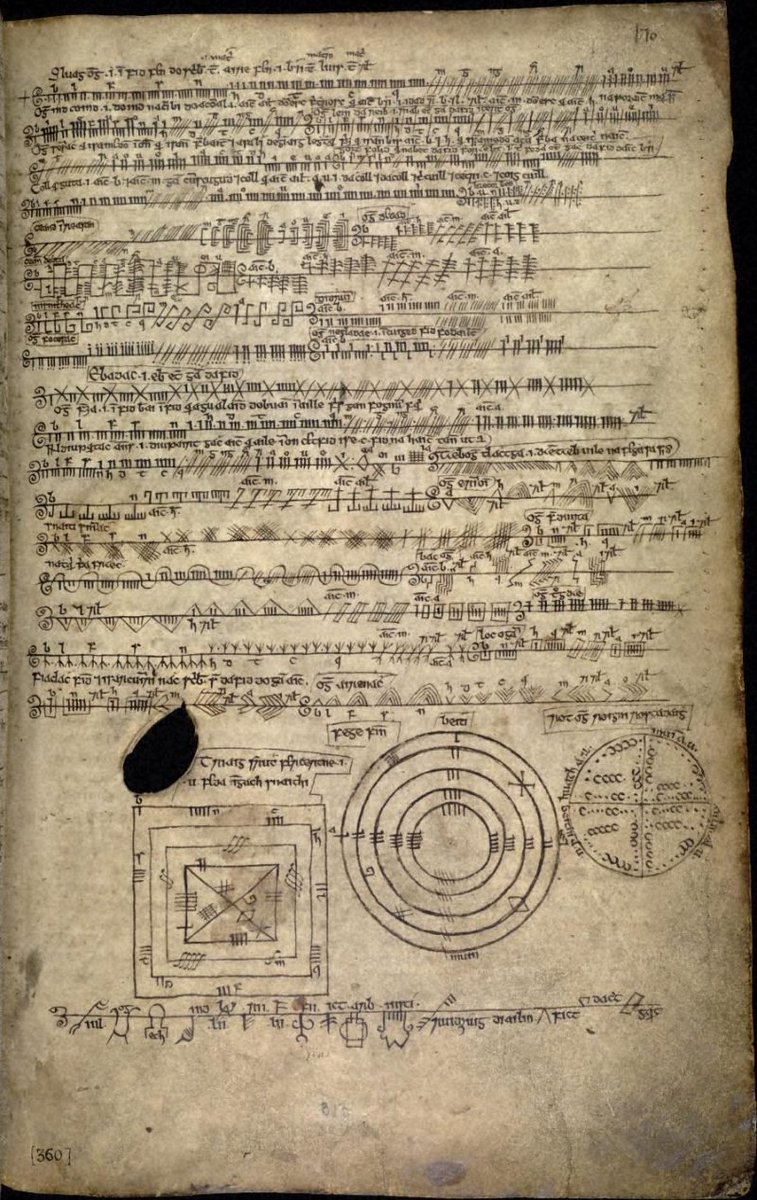
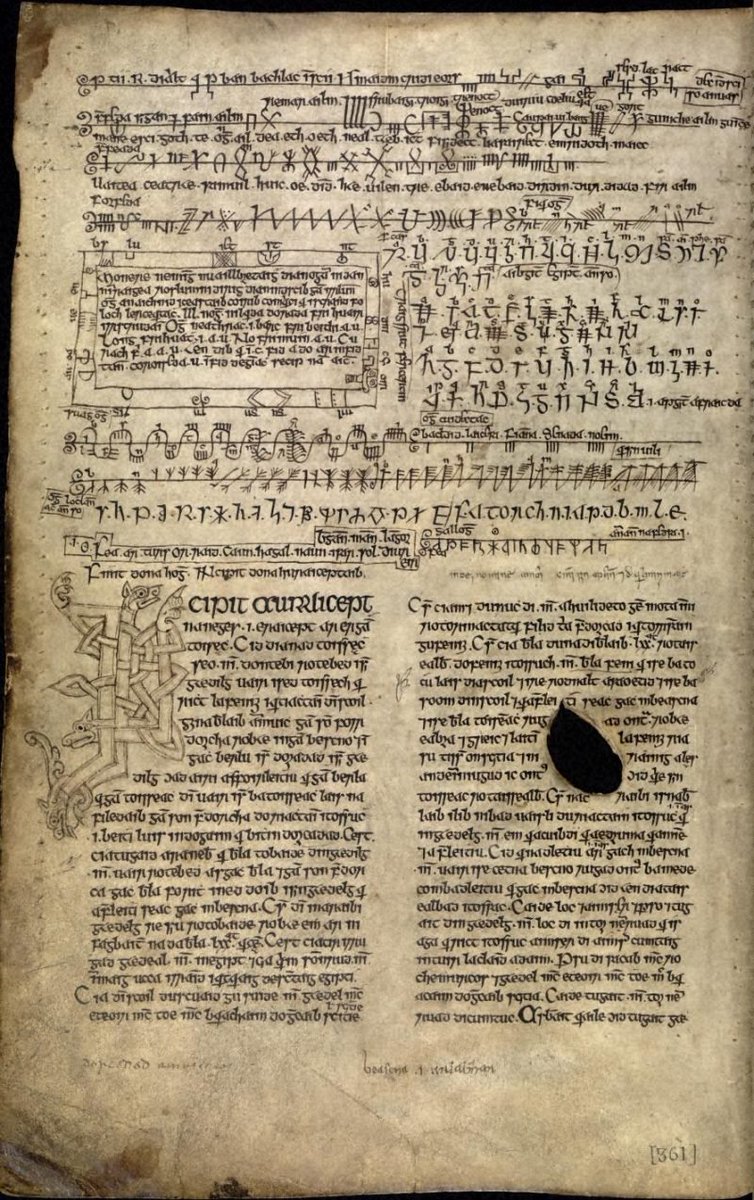
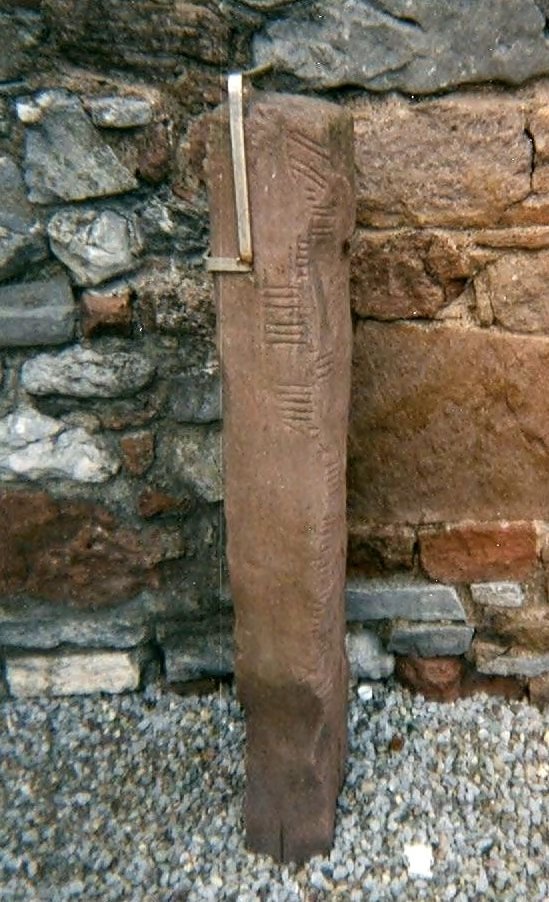
![Ogham stone from the Isle of Man showing the droim in centre. Text reads BIVAIDONAS MAQI MUCOI CUNAVA[LI] English :- Of Bivaidonas, son of the tribe Cunava. Ogham stone from the Isle of Man showing the droim in centre. Text reads BIVAIDONAS MAQI MUCOI CUNAVA[LI] English :- Of Bivaidonas, son of the tribe Cunava.](https://pbs.twimg.com/media/EJJ9nv2WwAAb9Nv.jpg)
